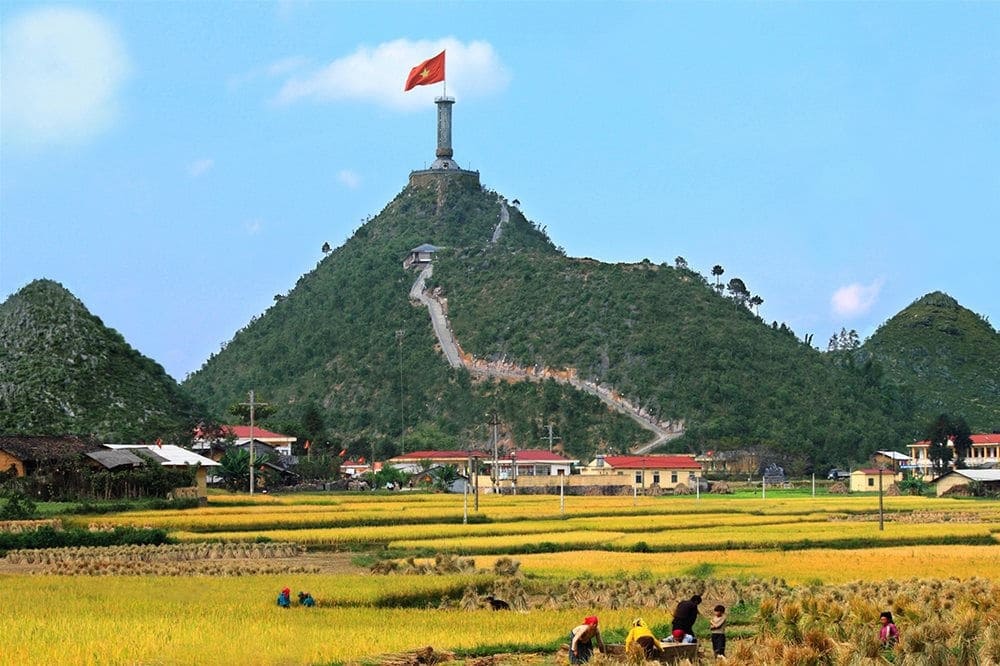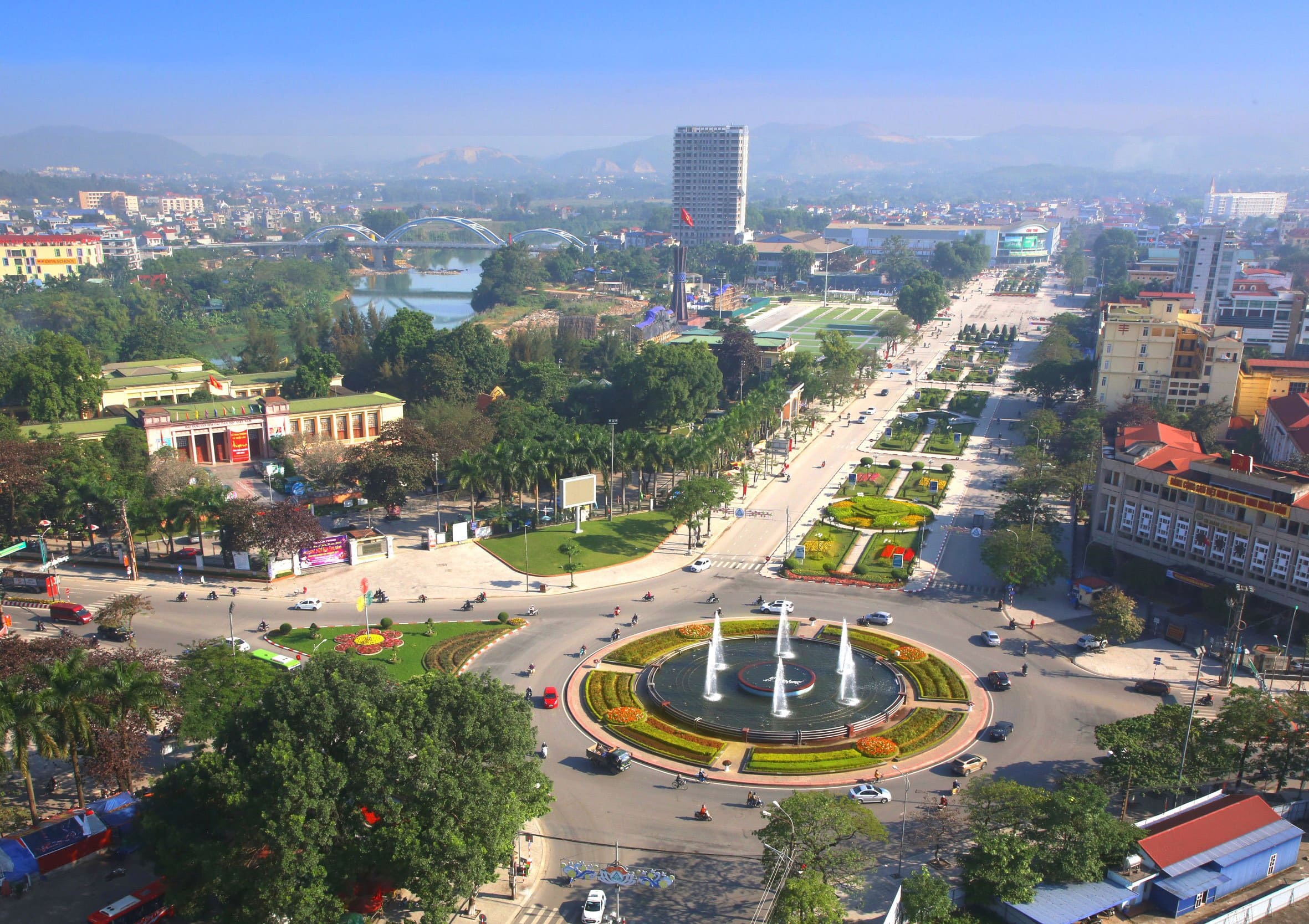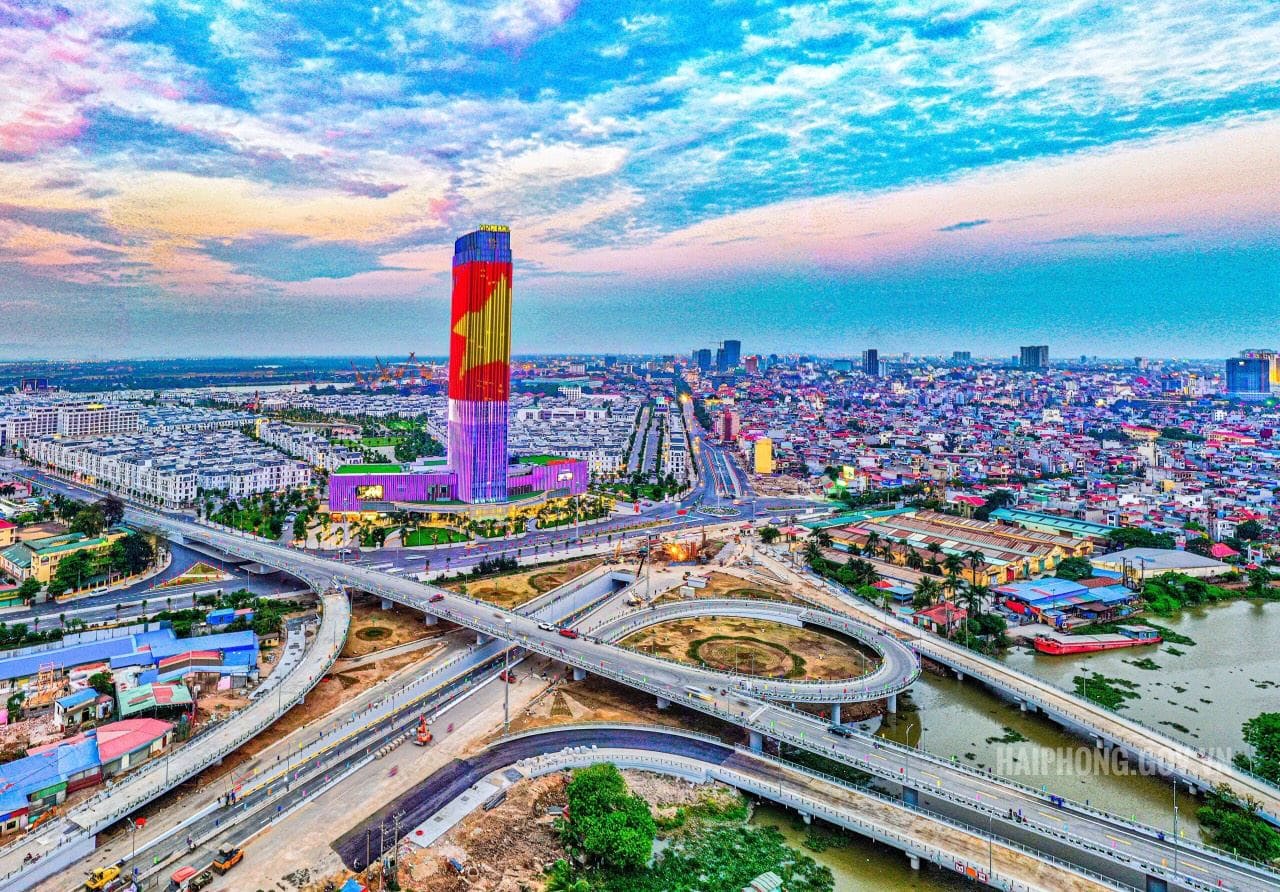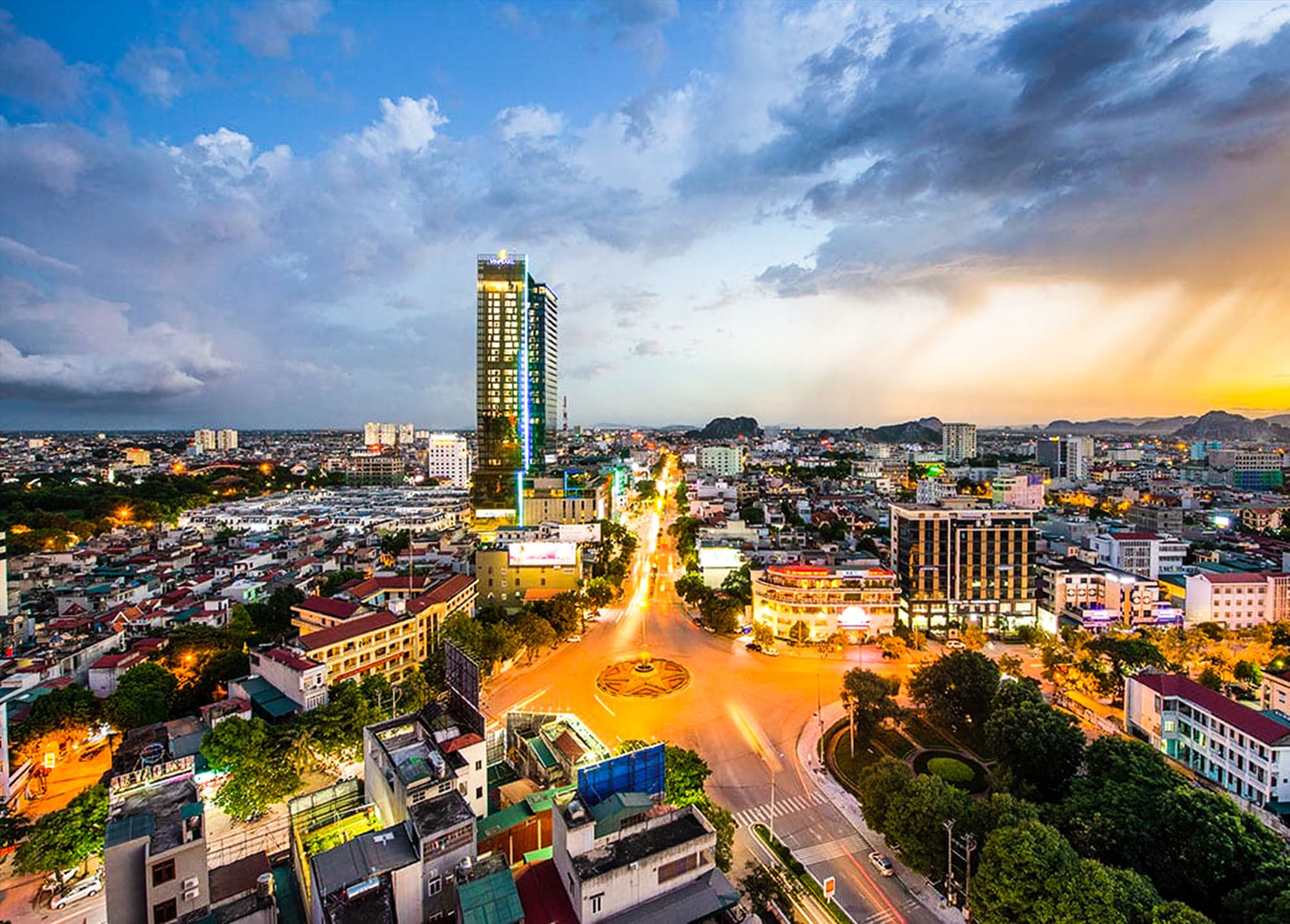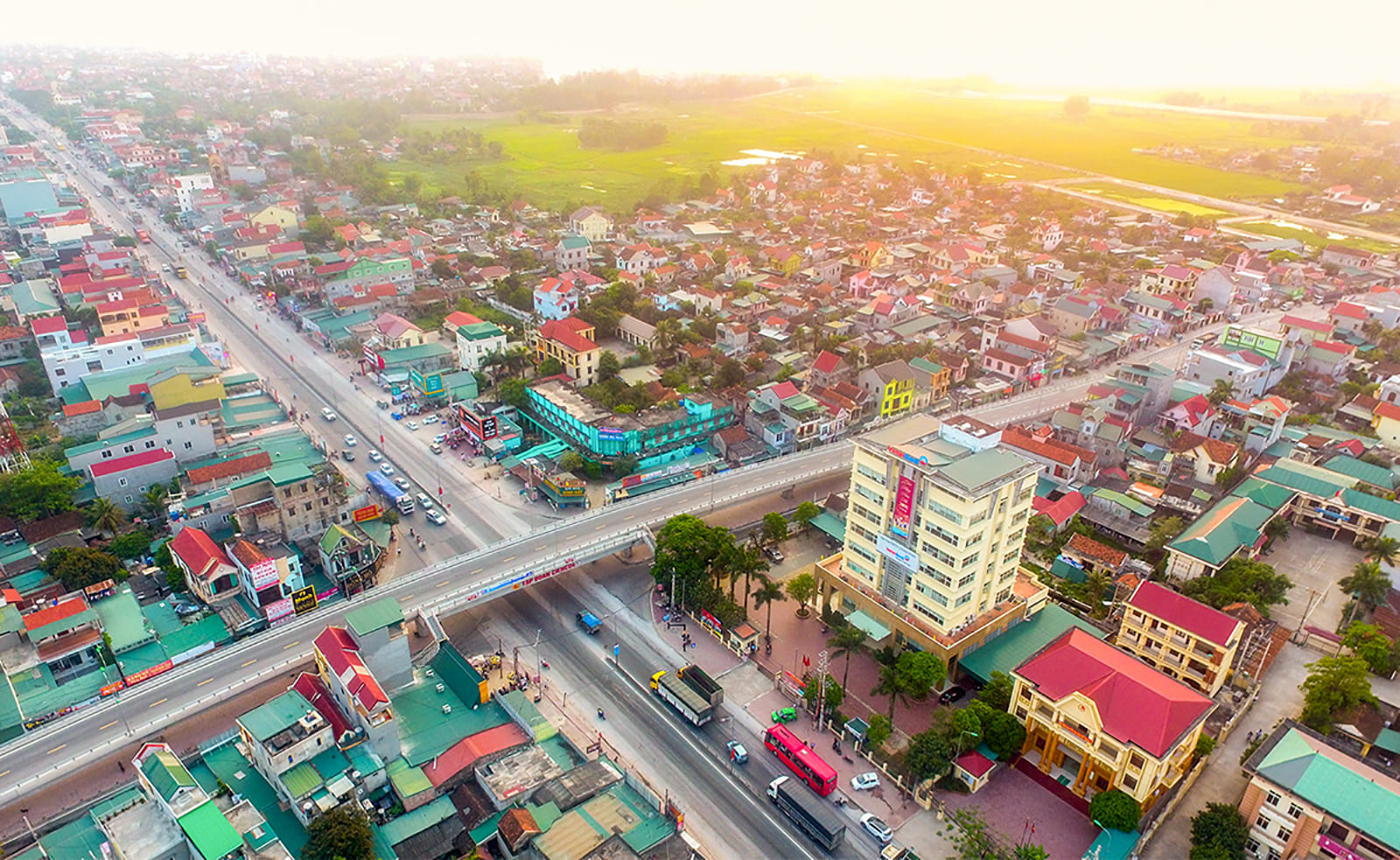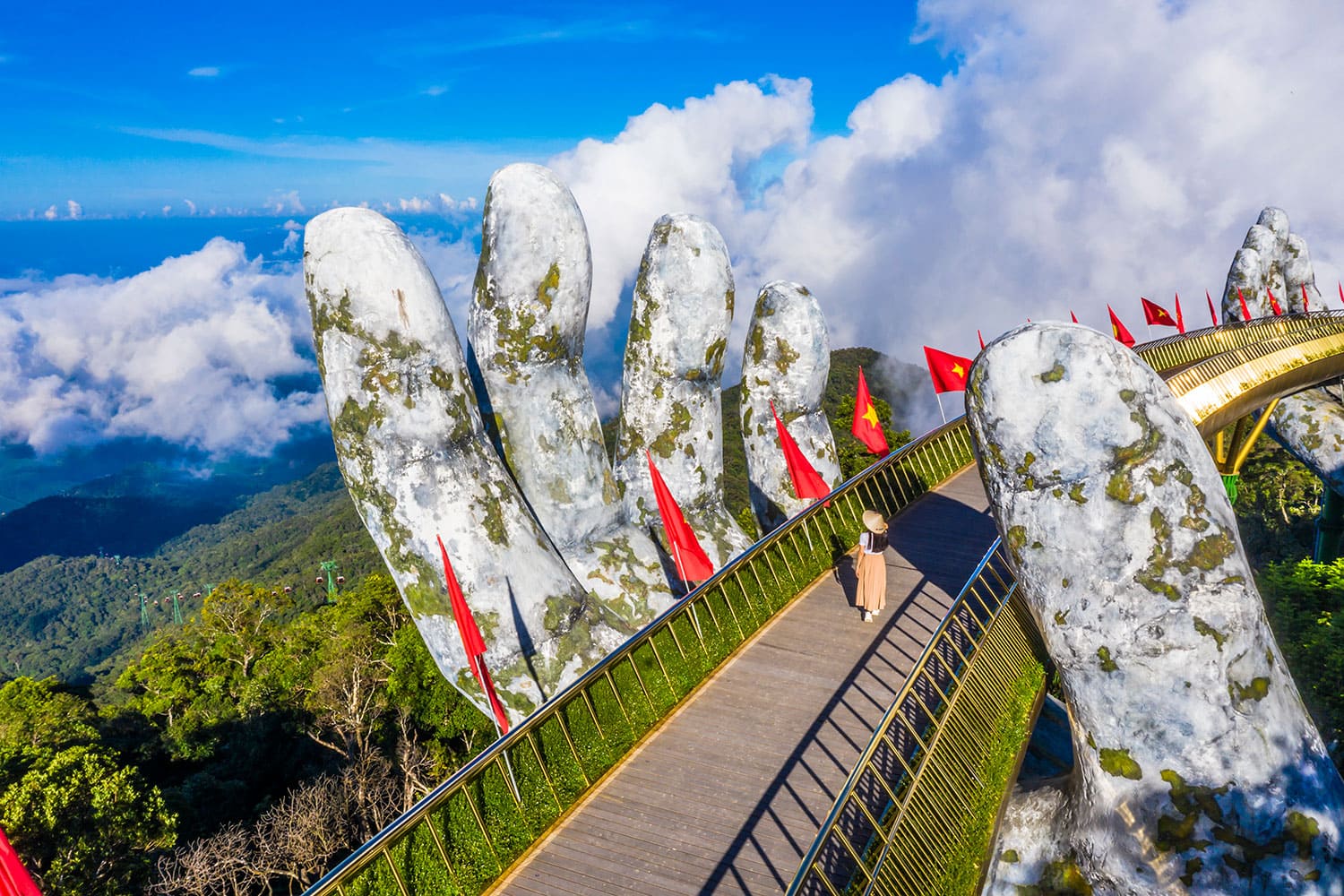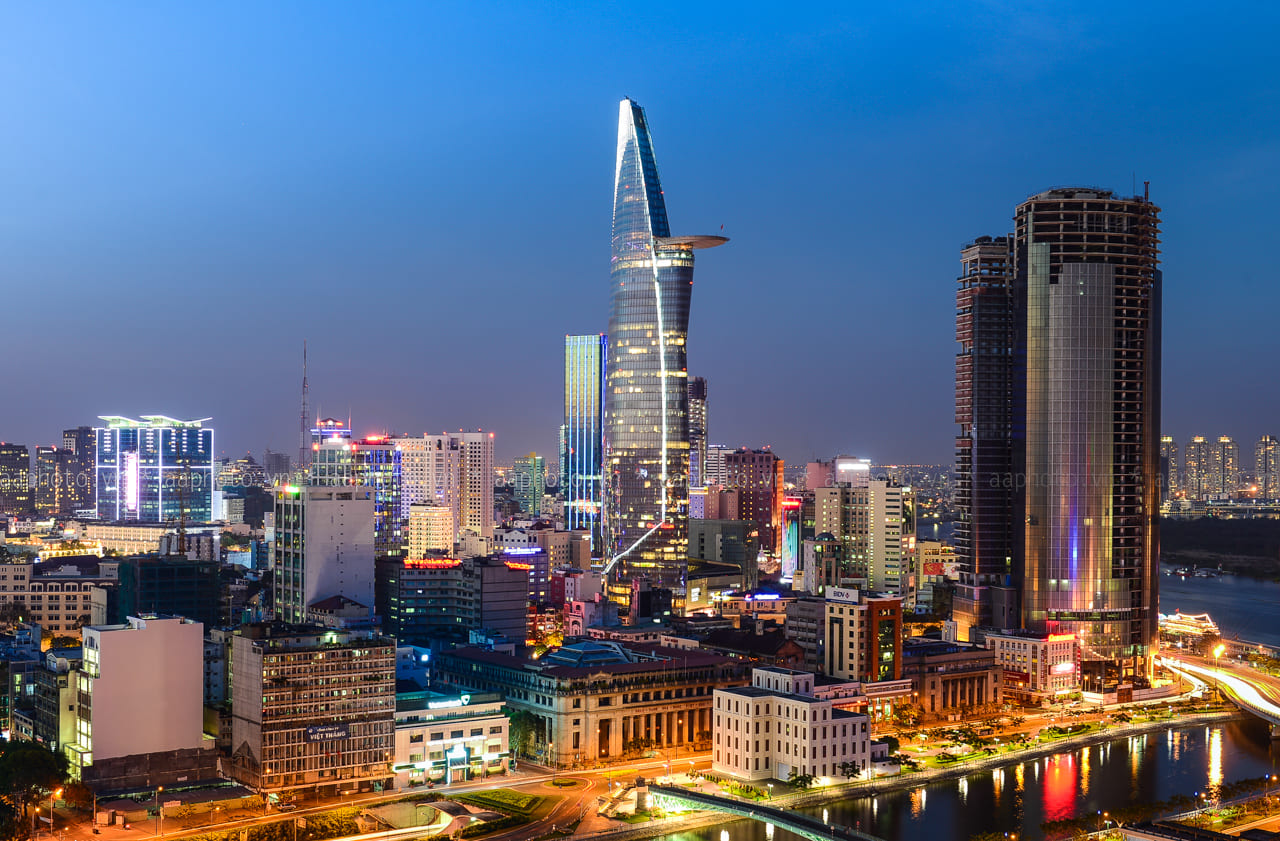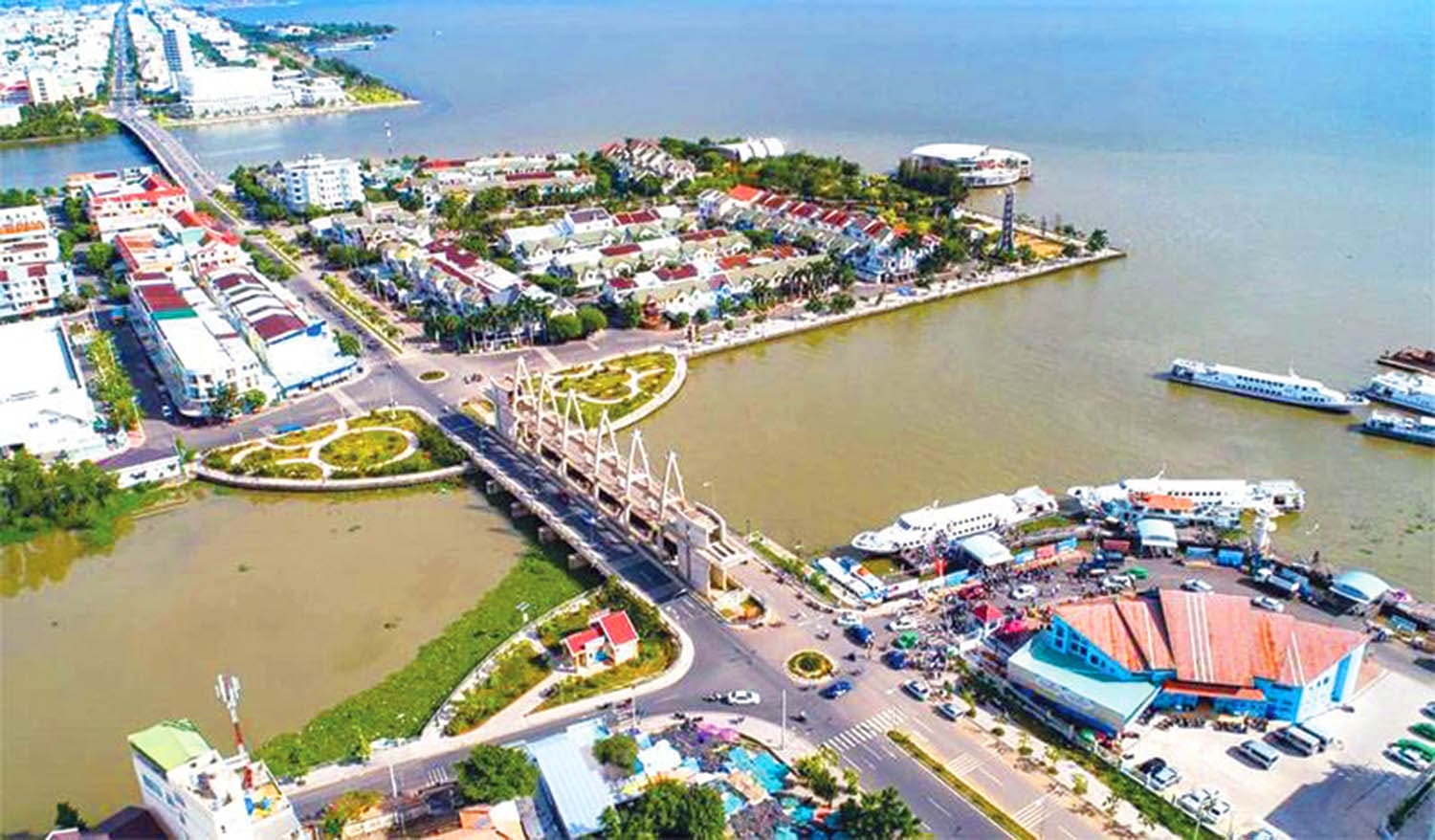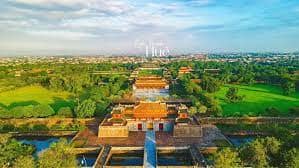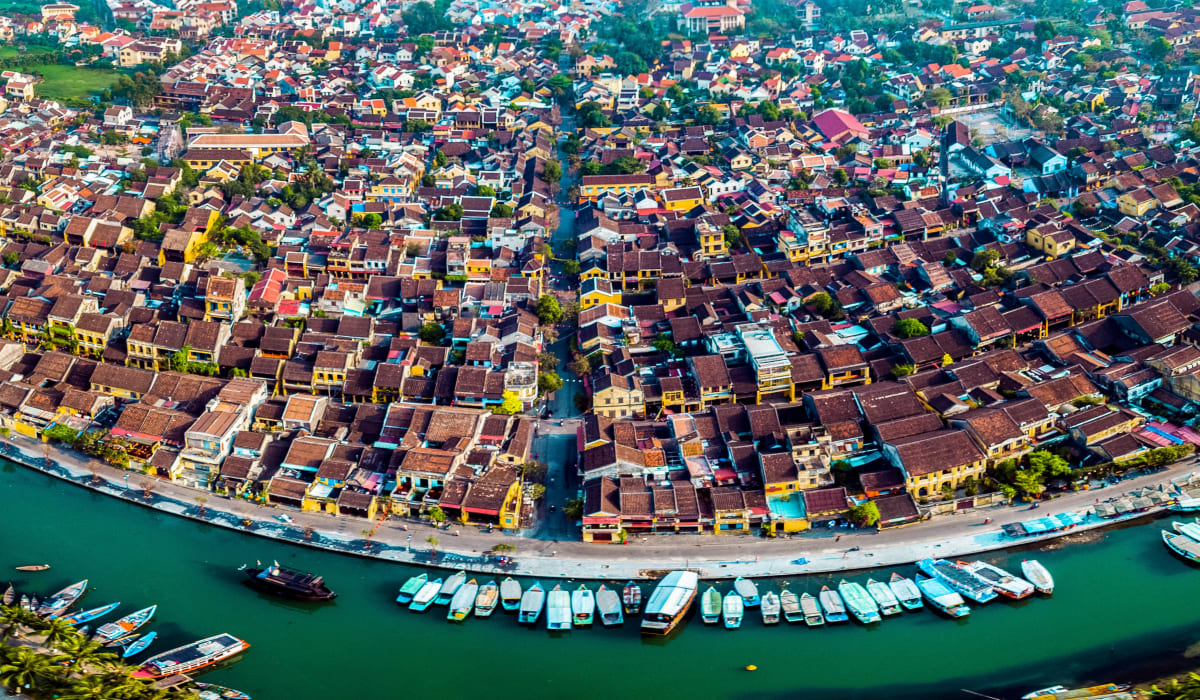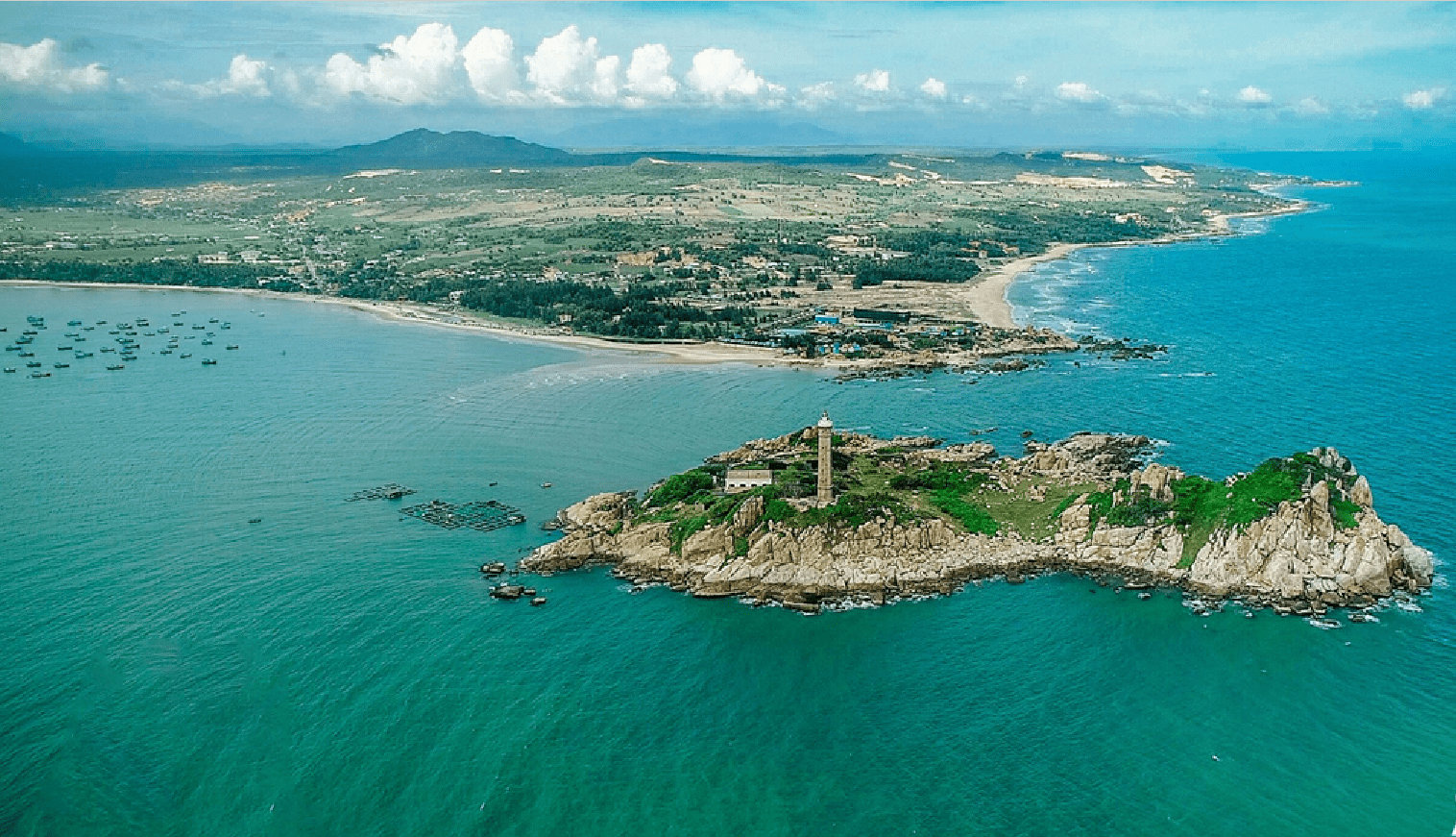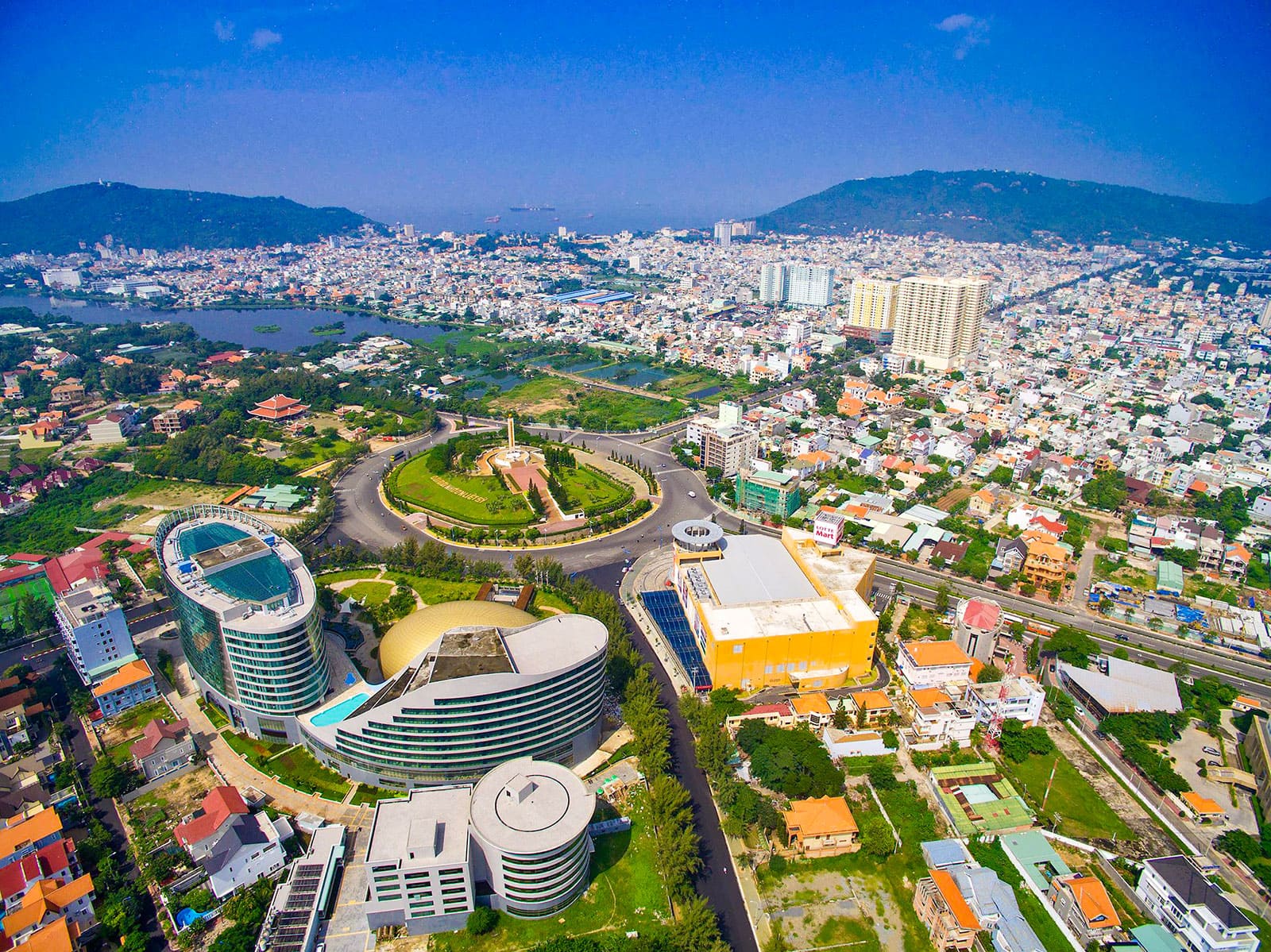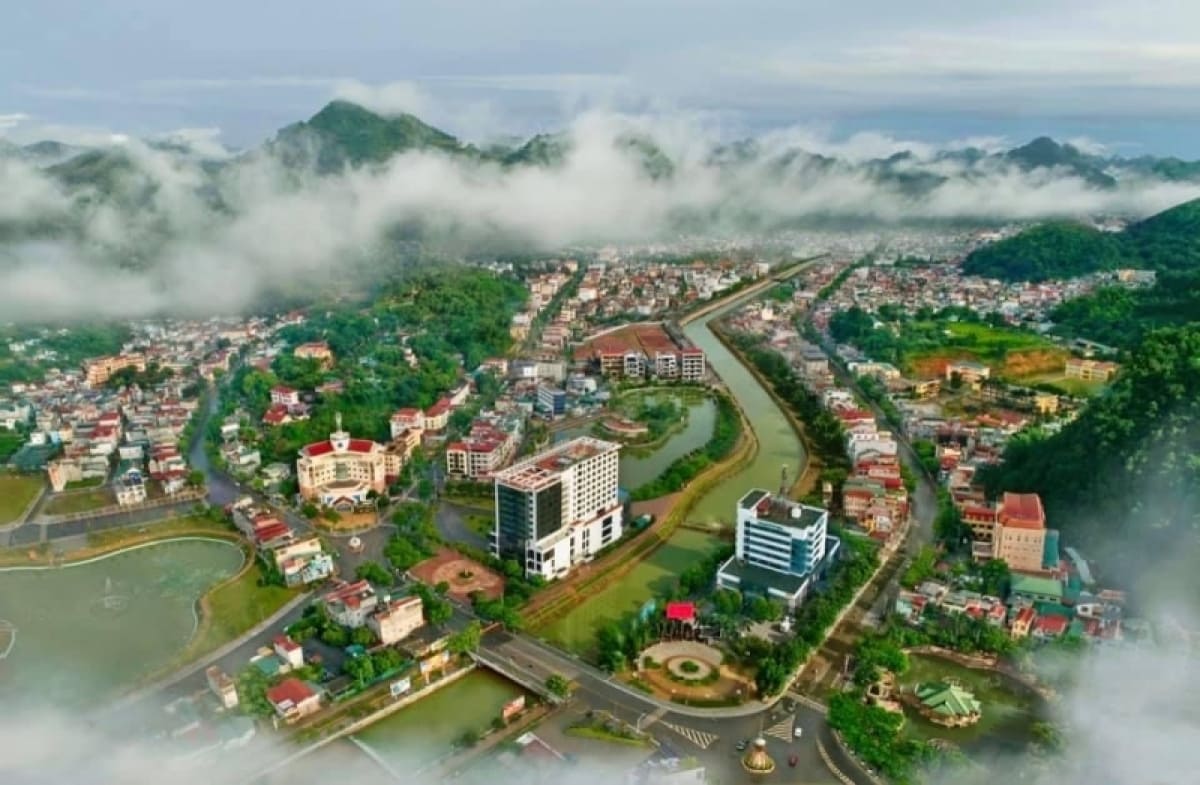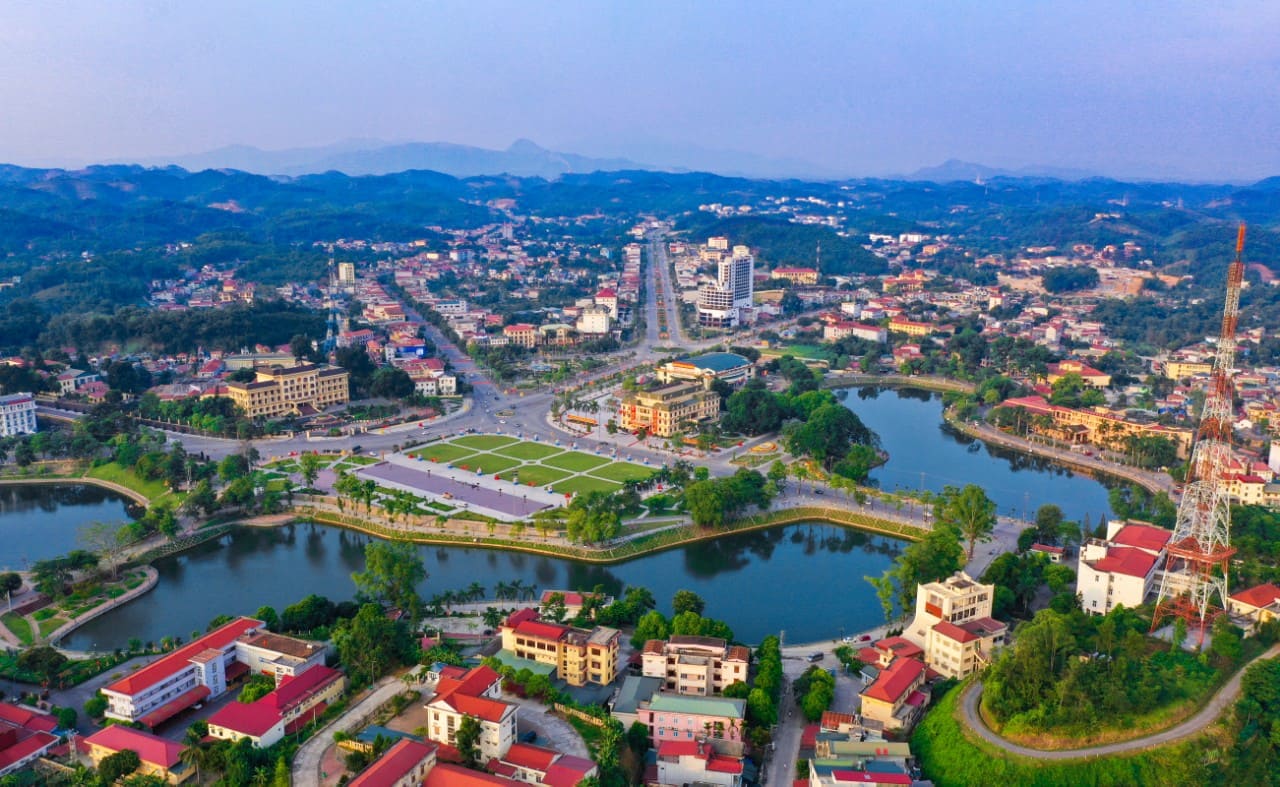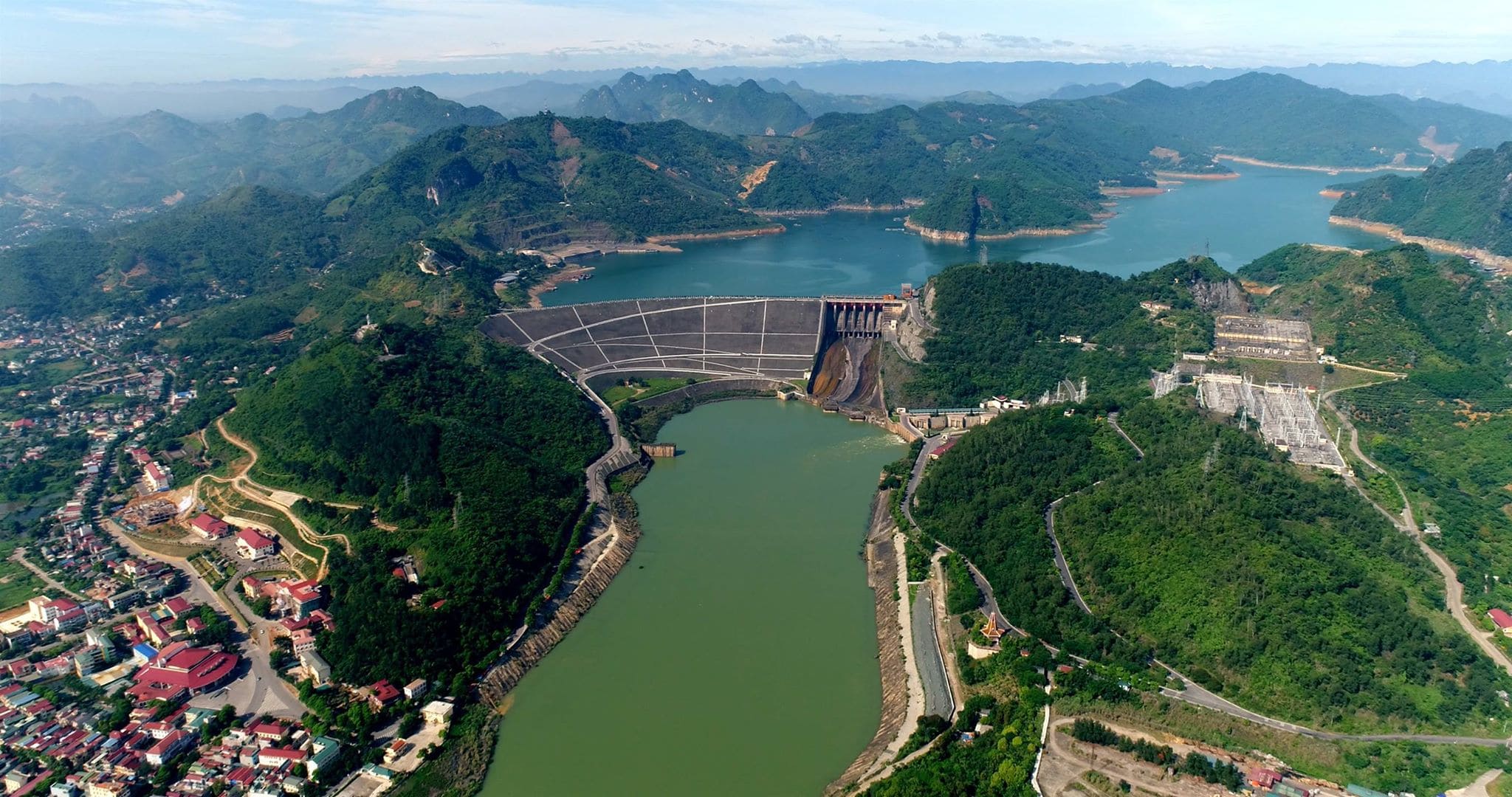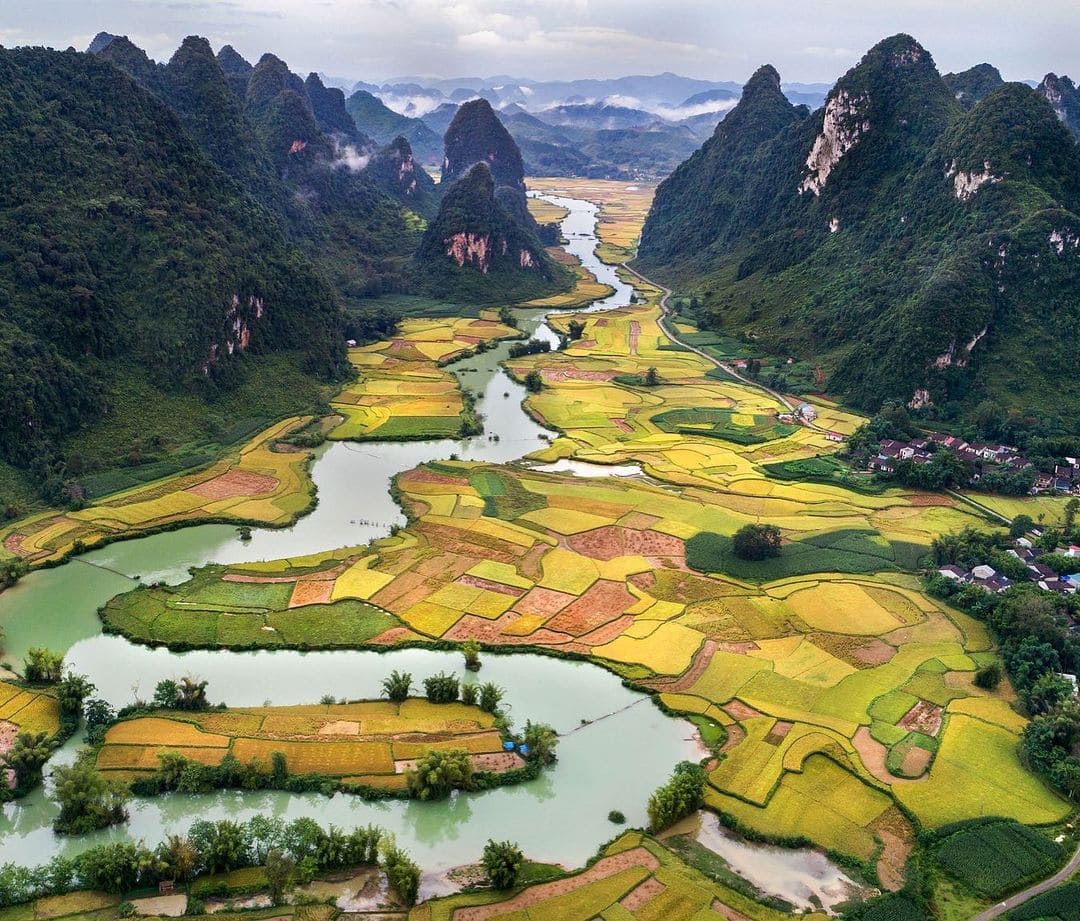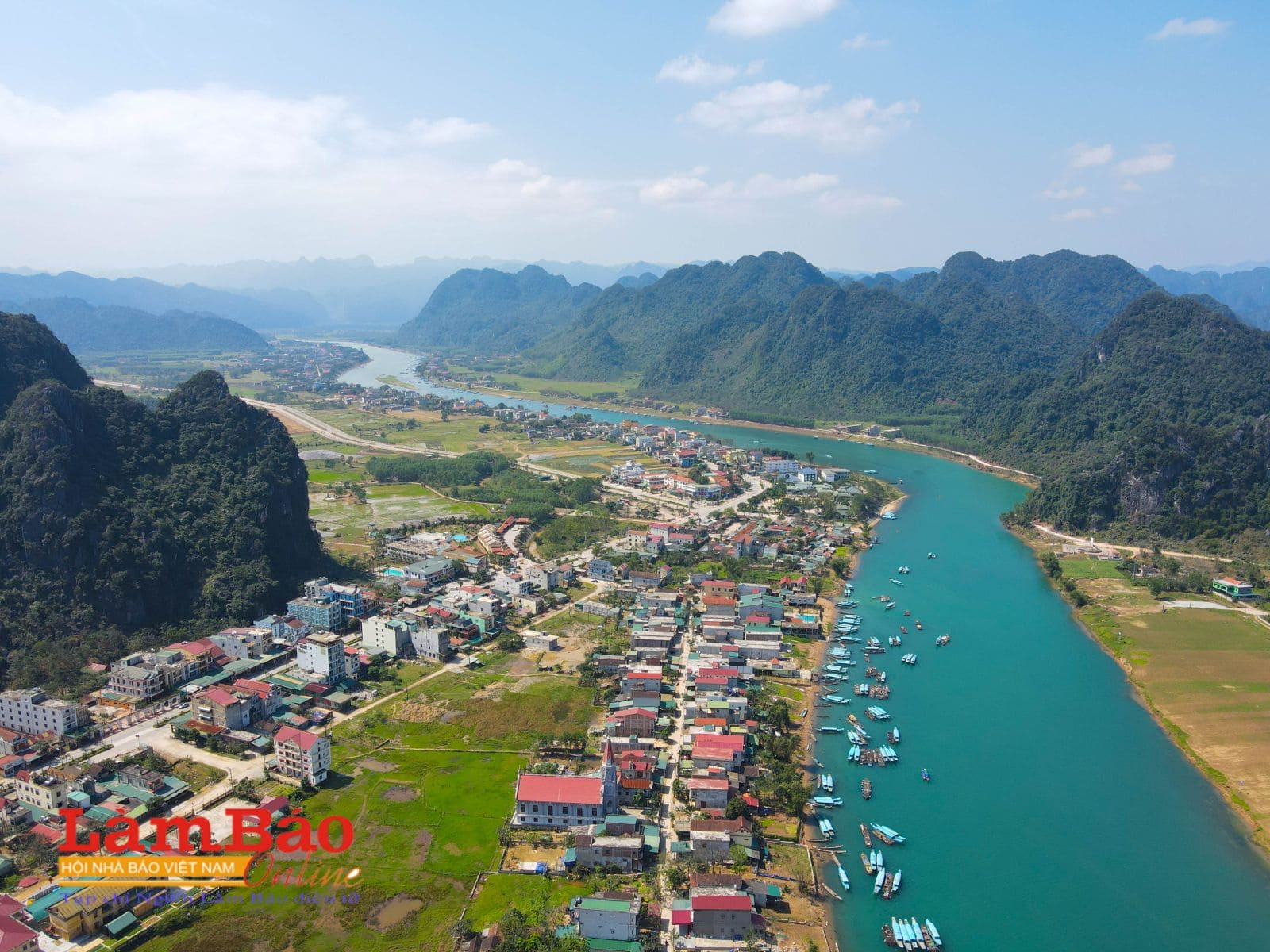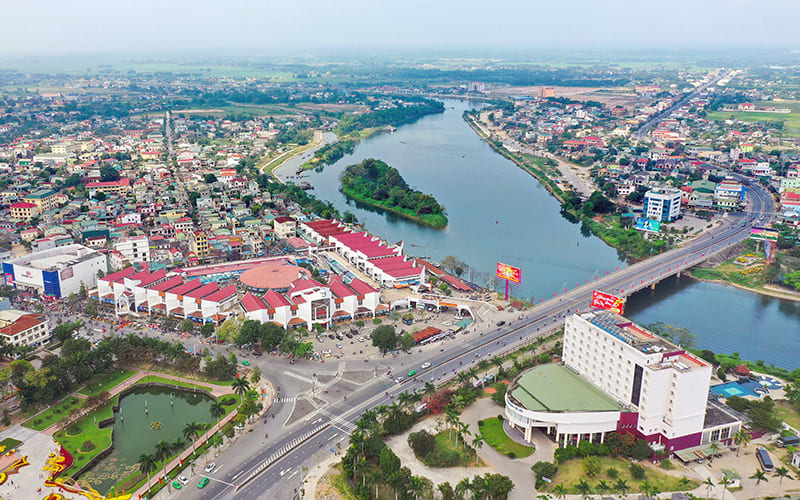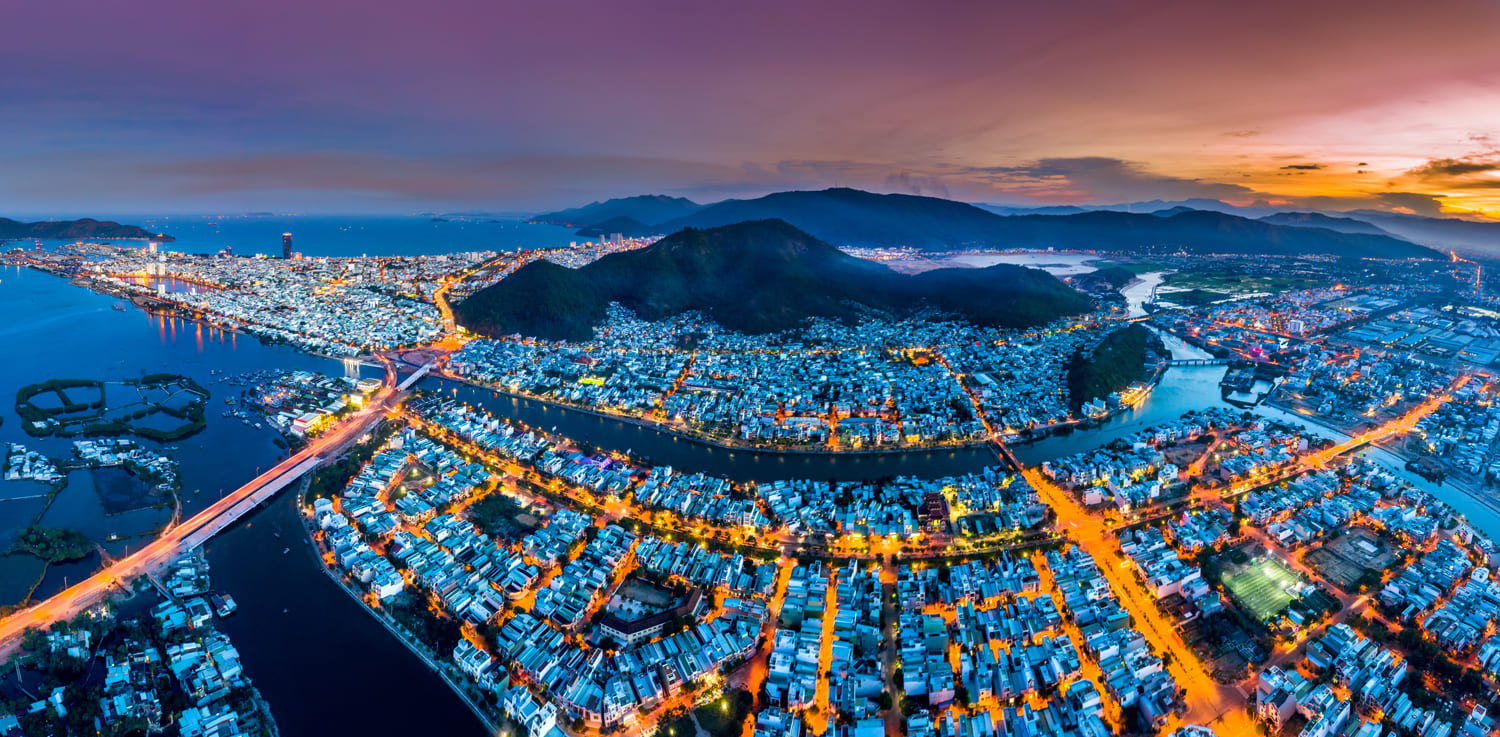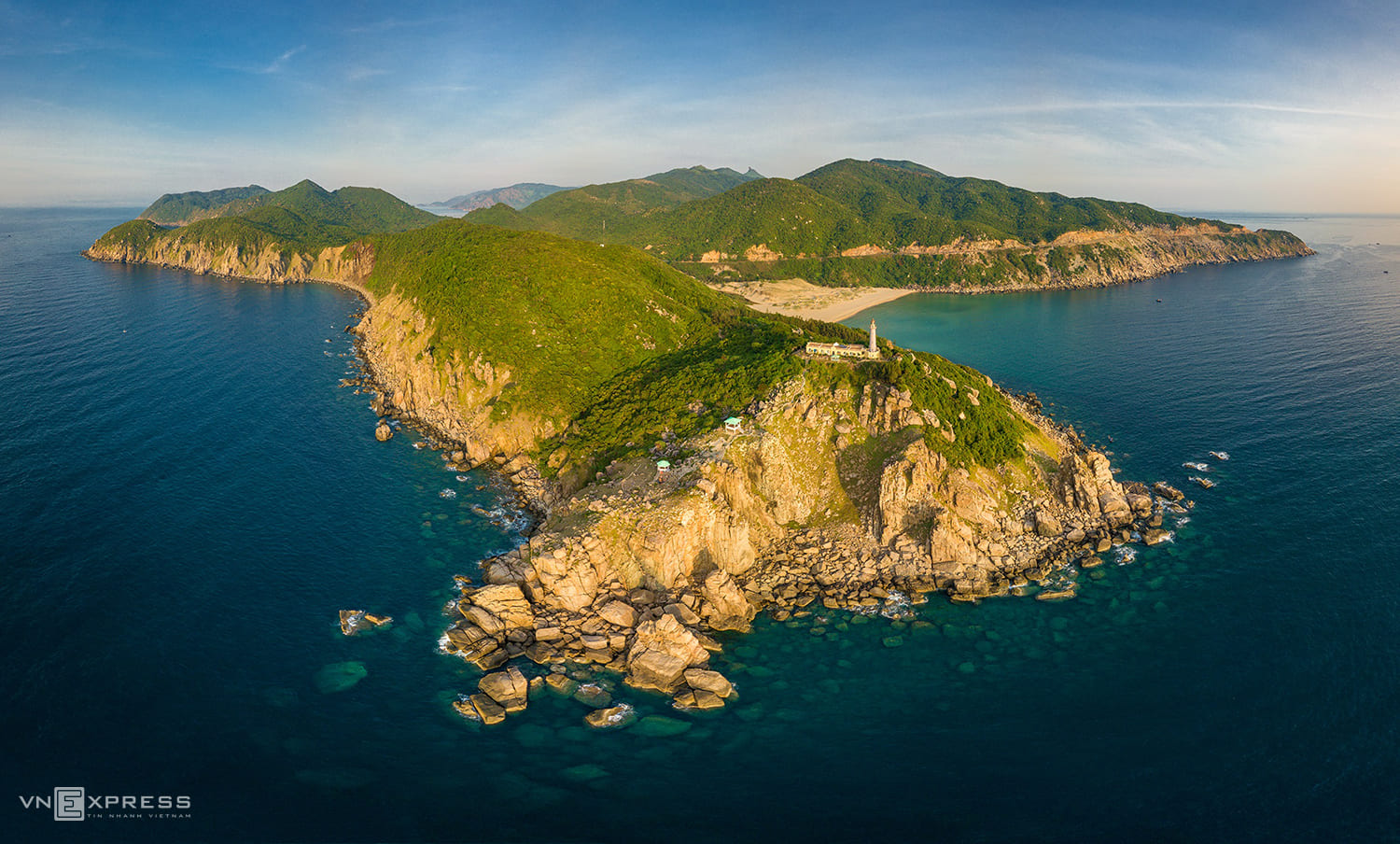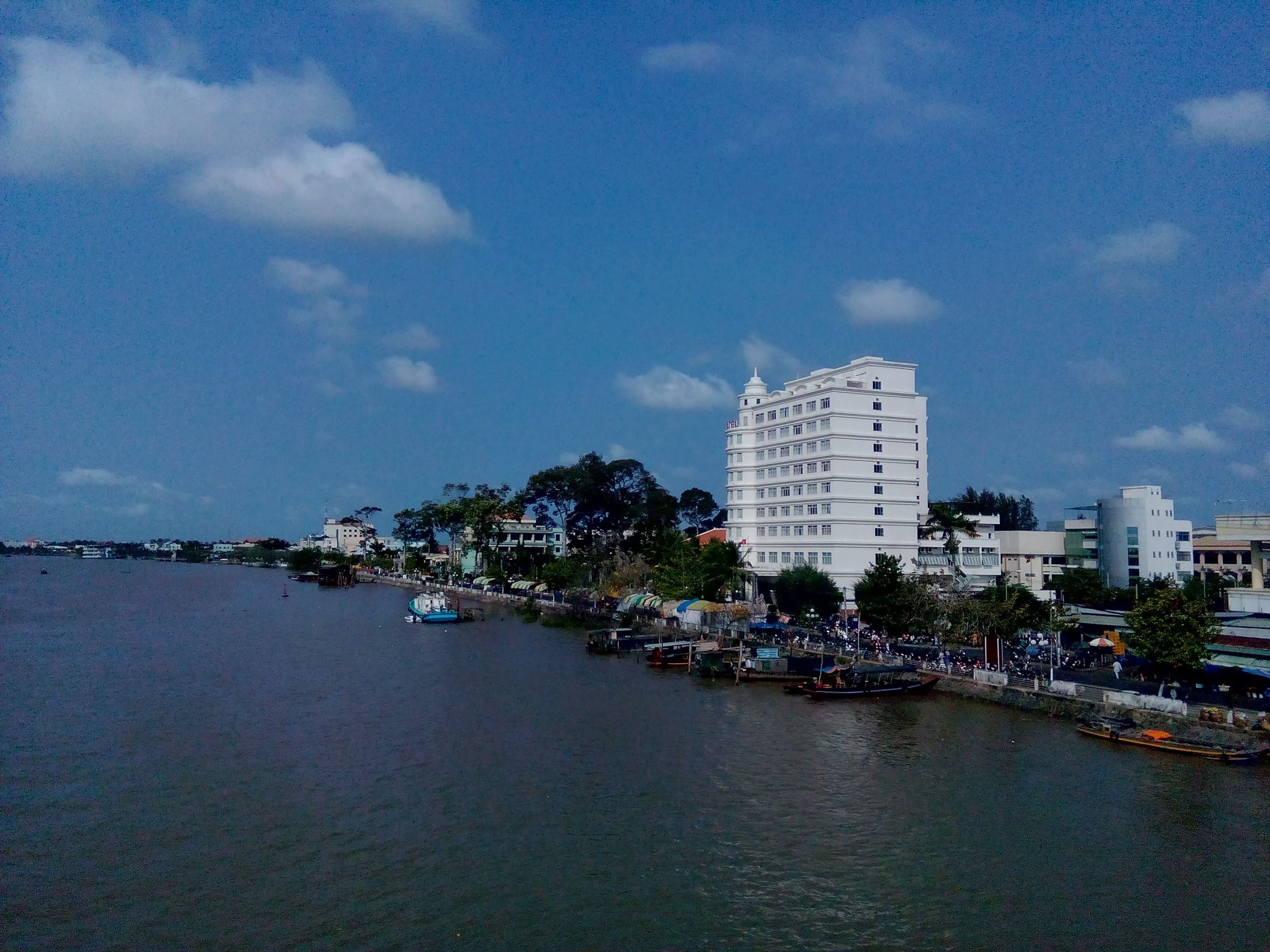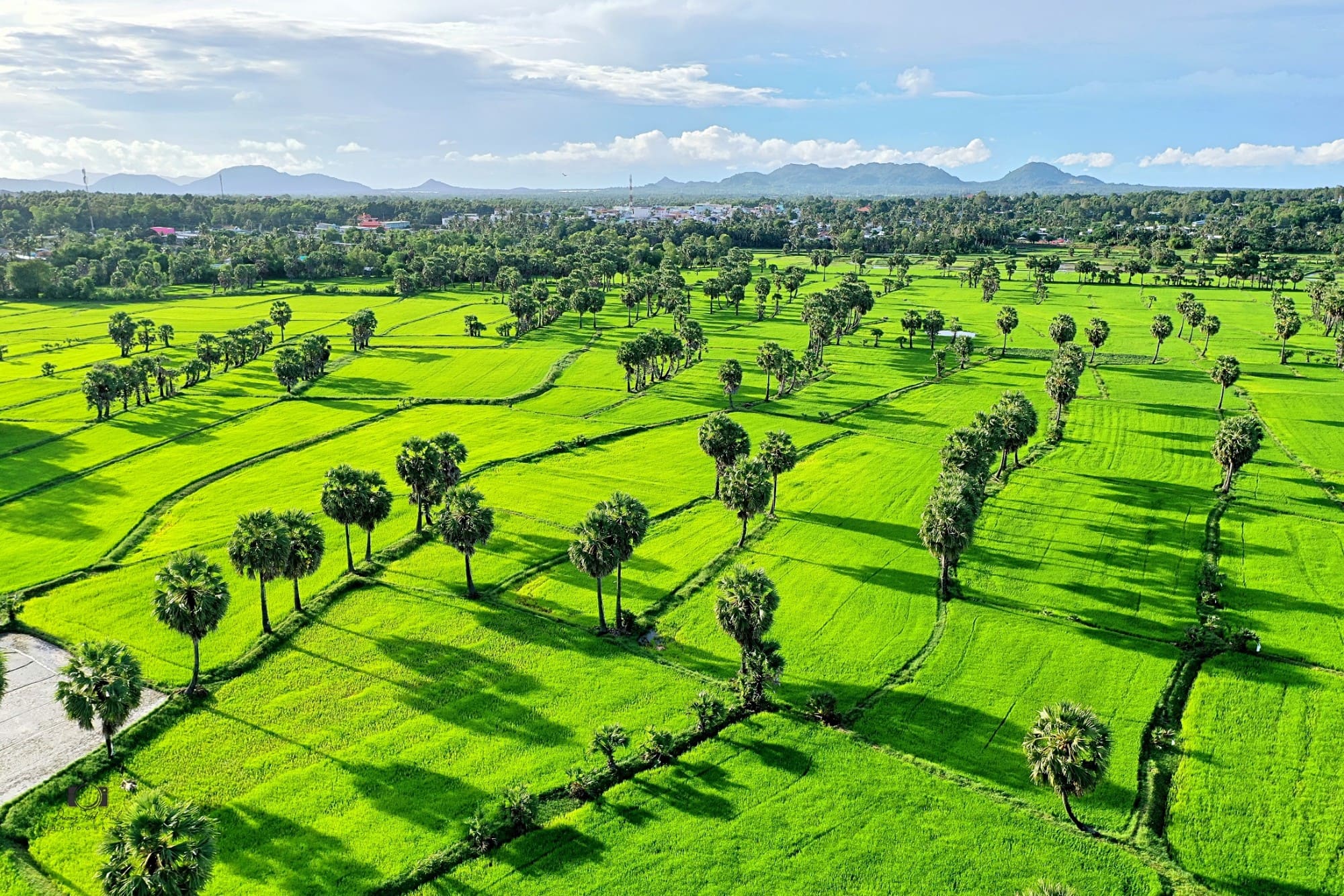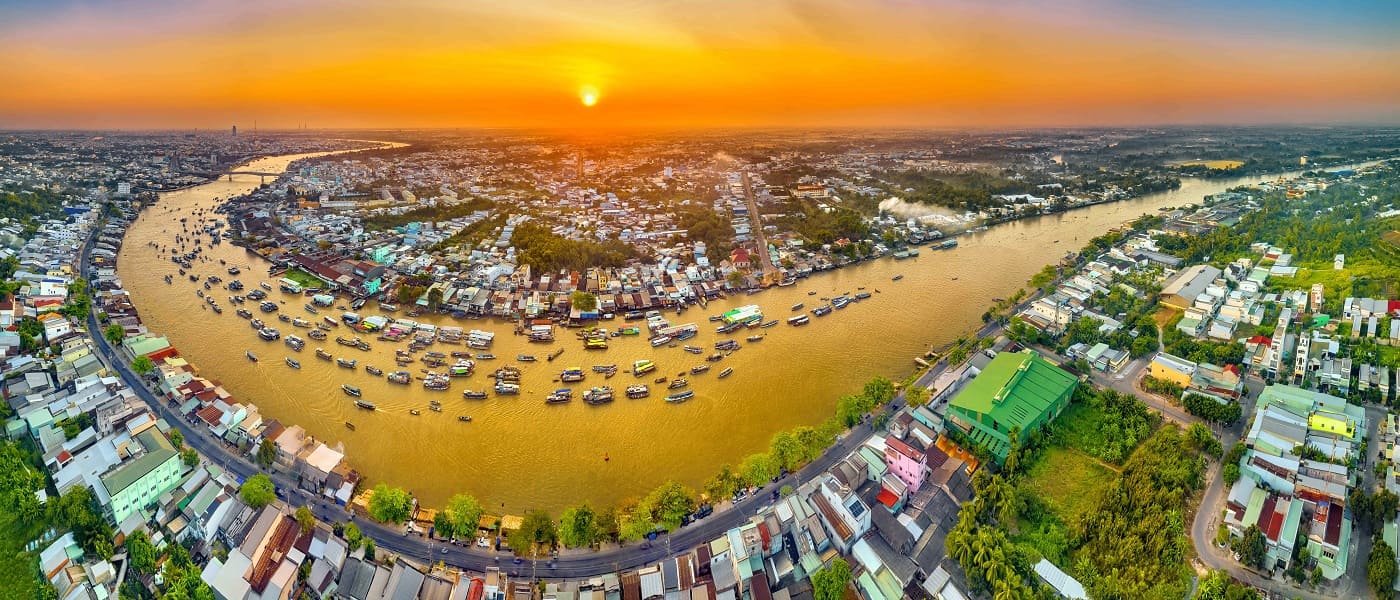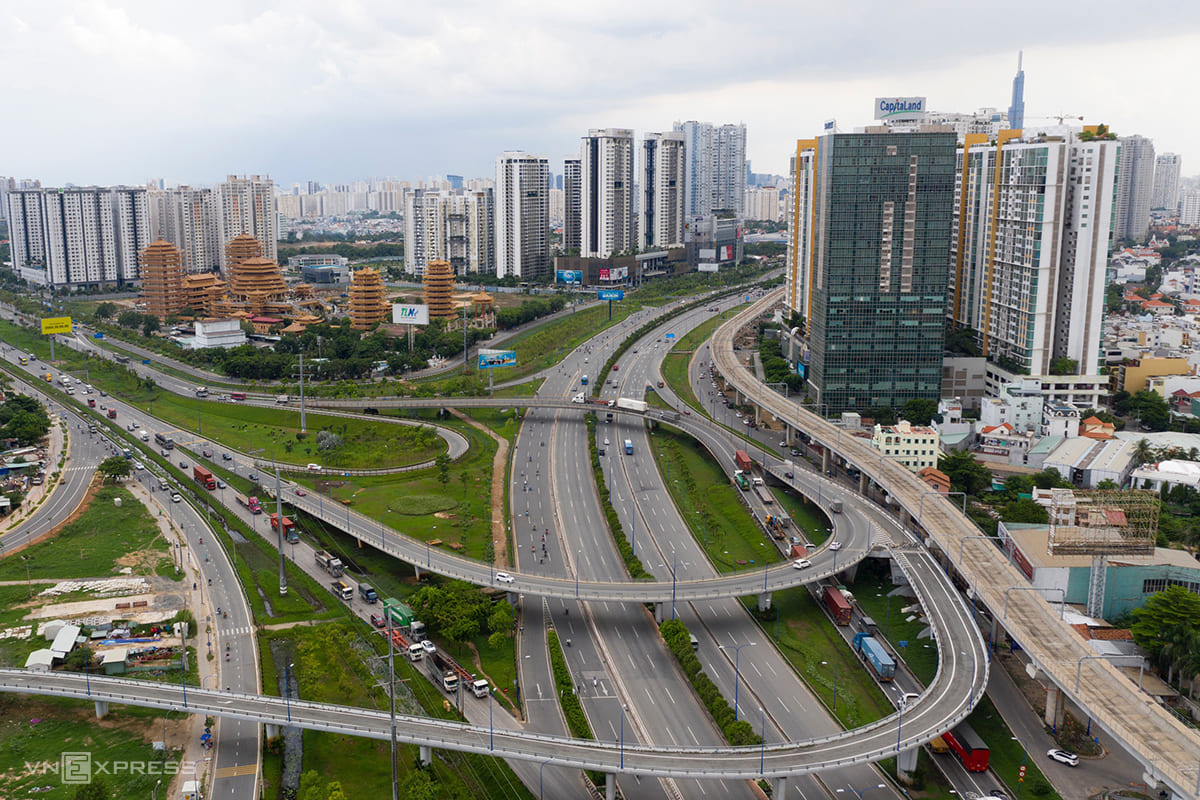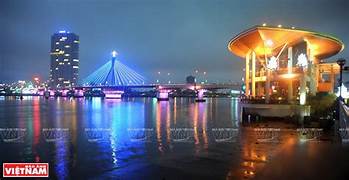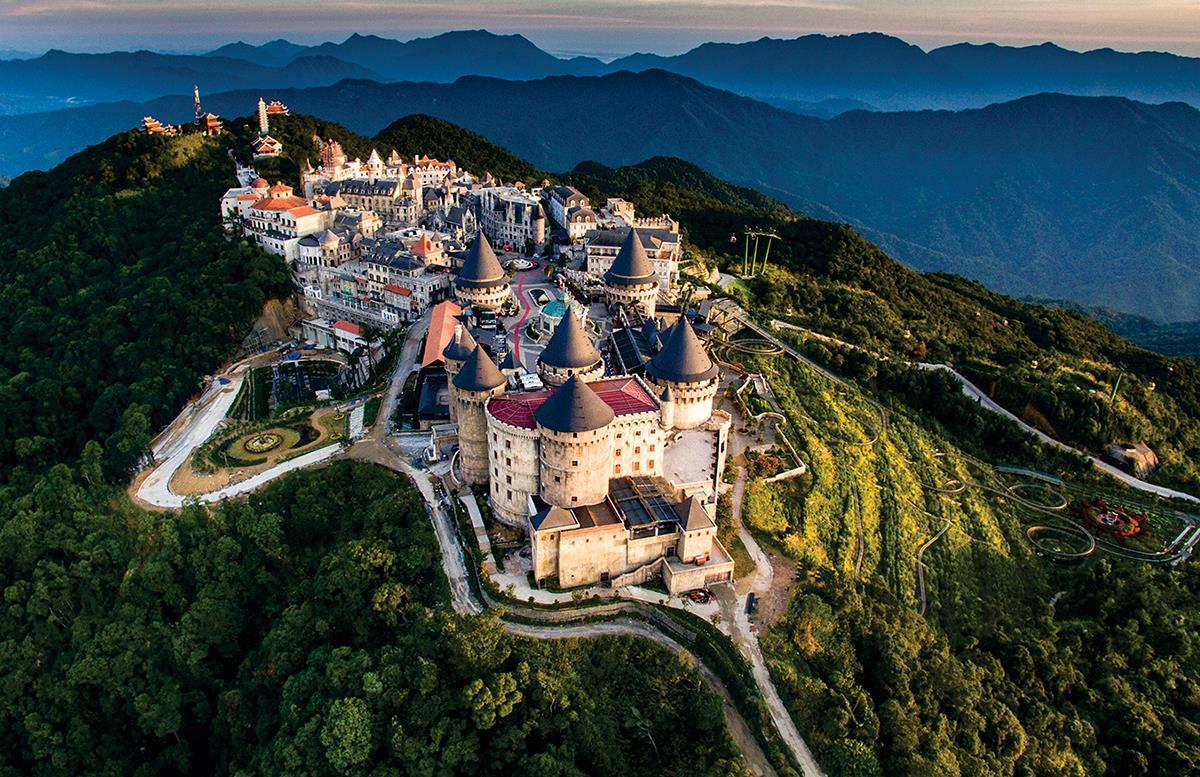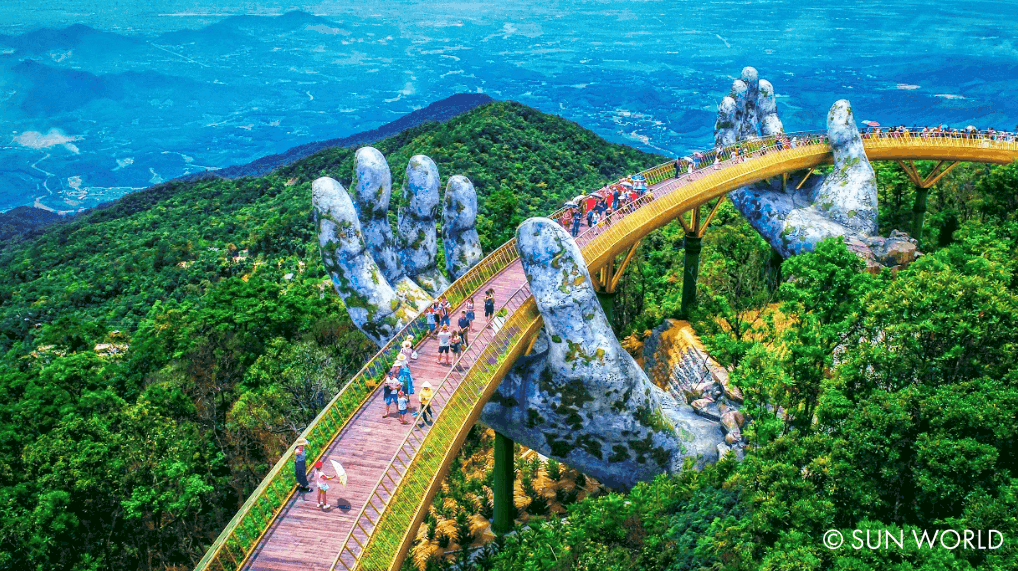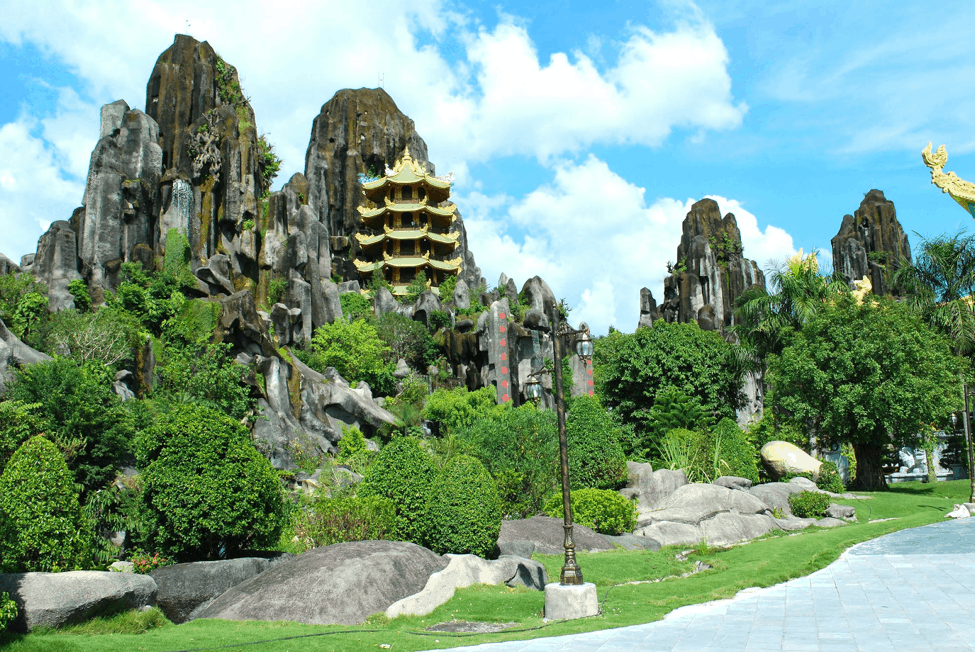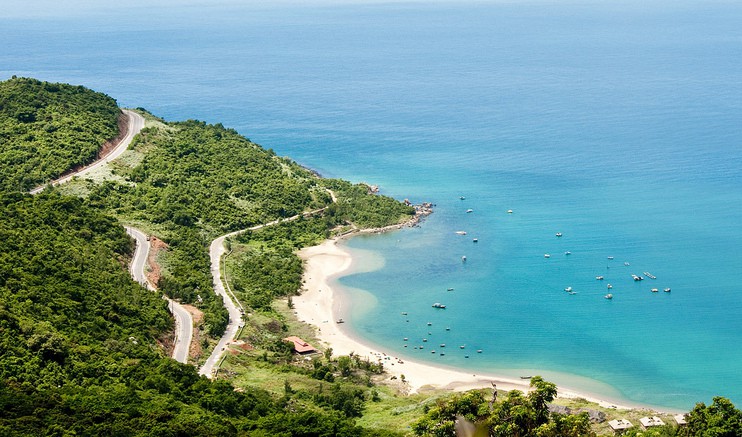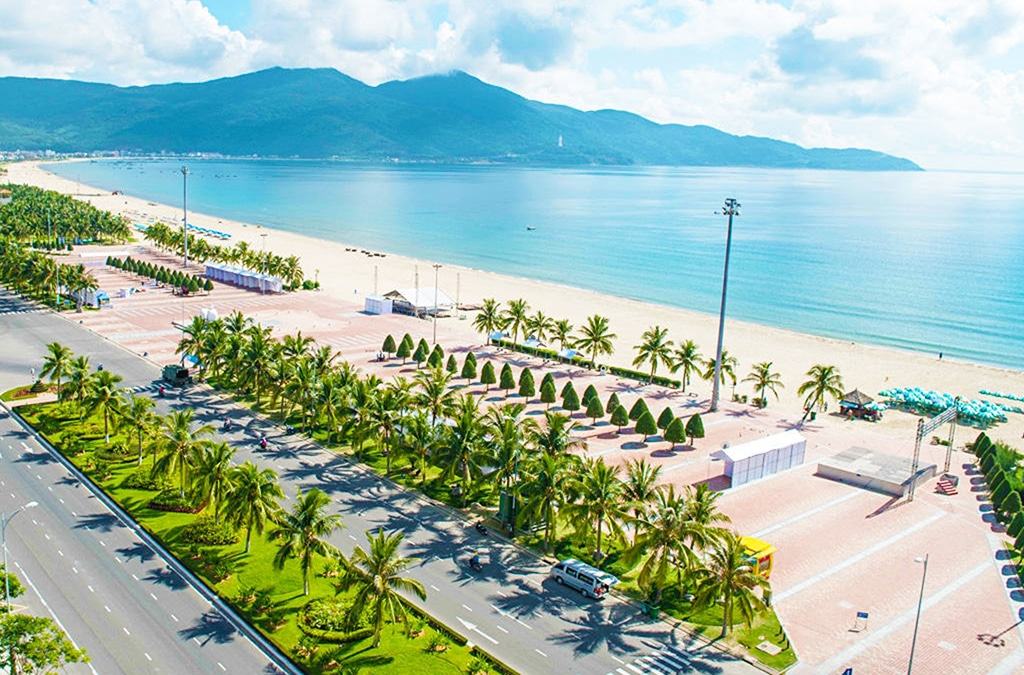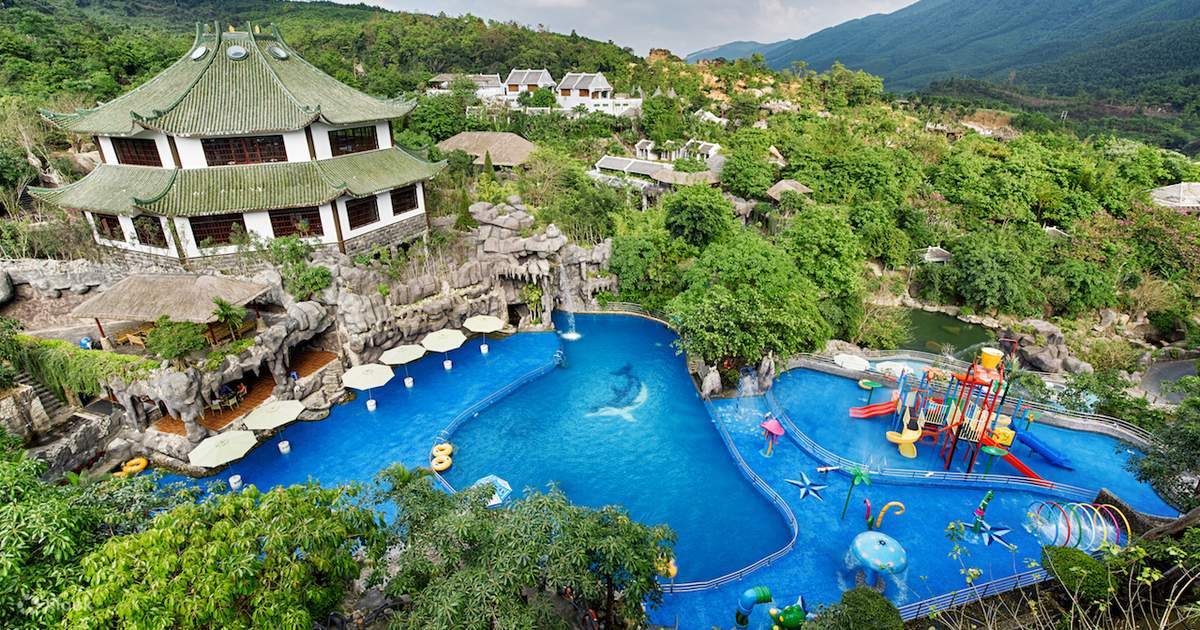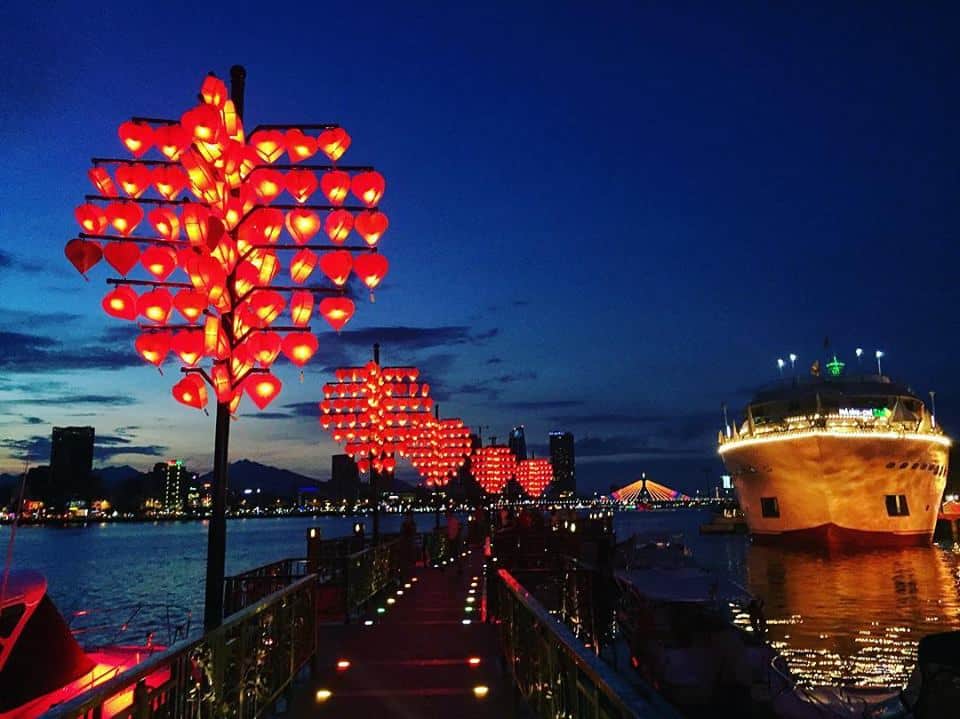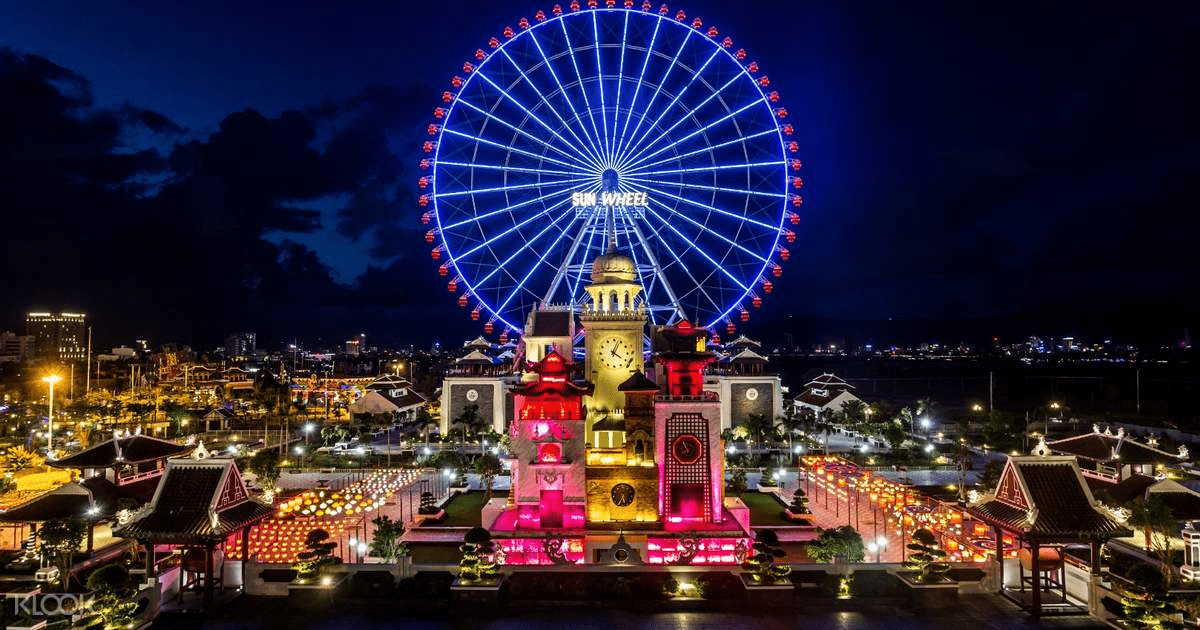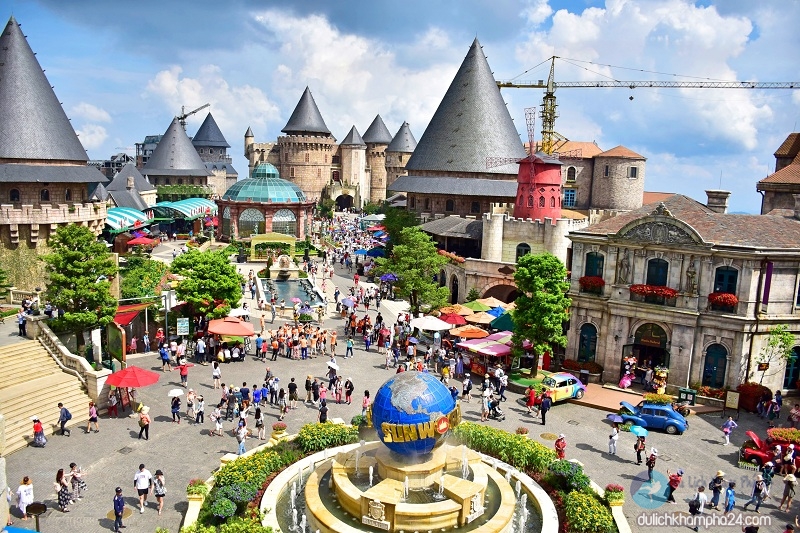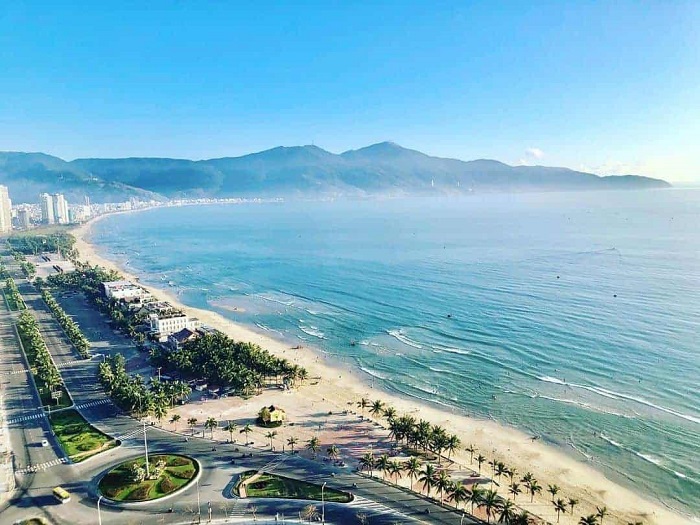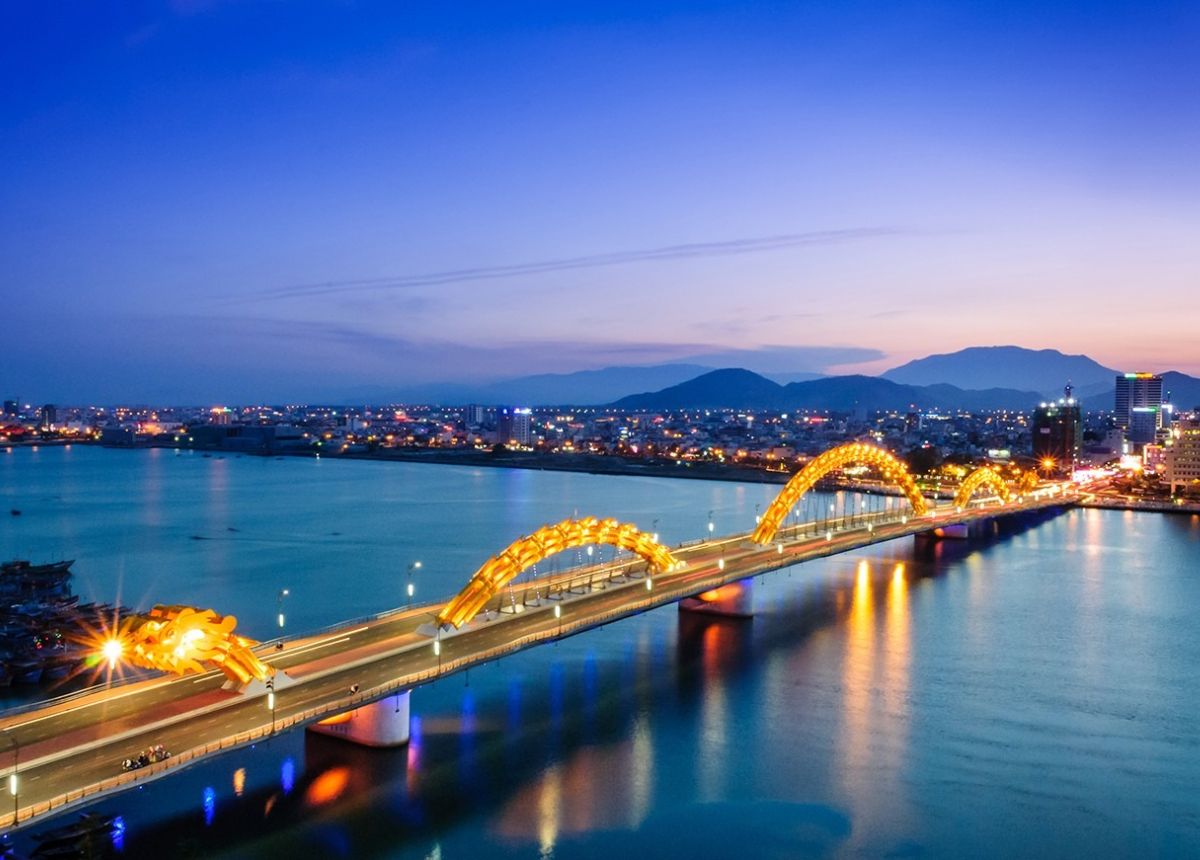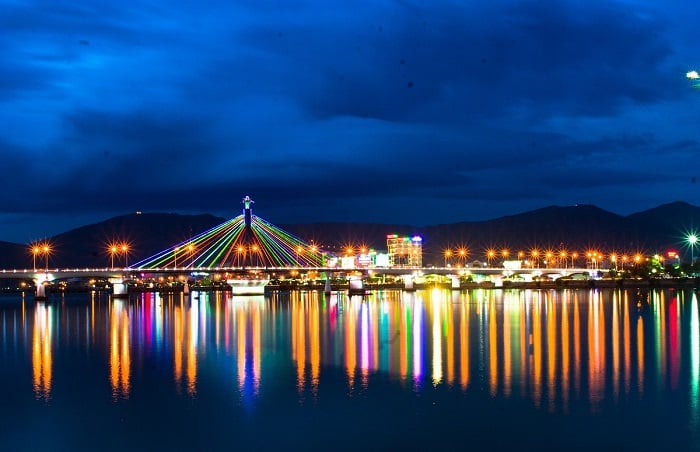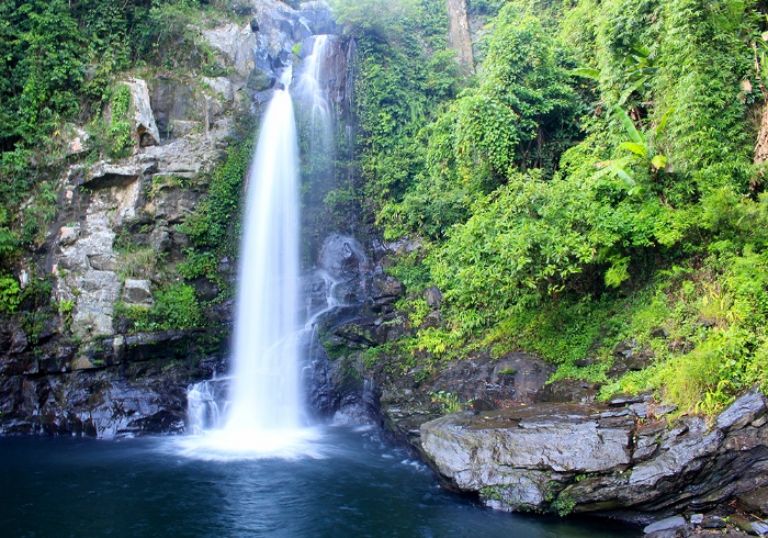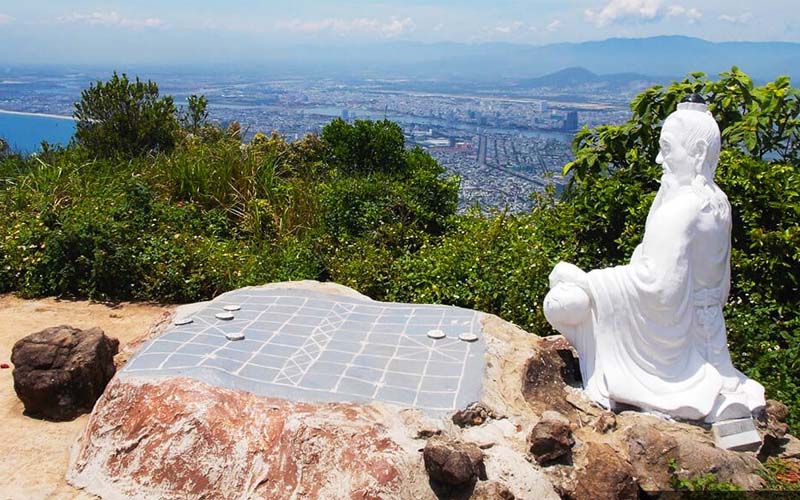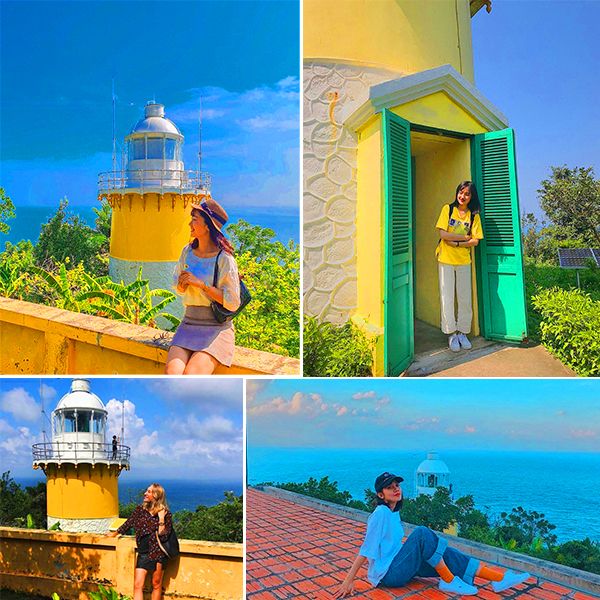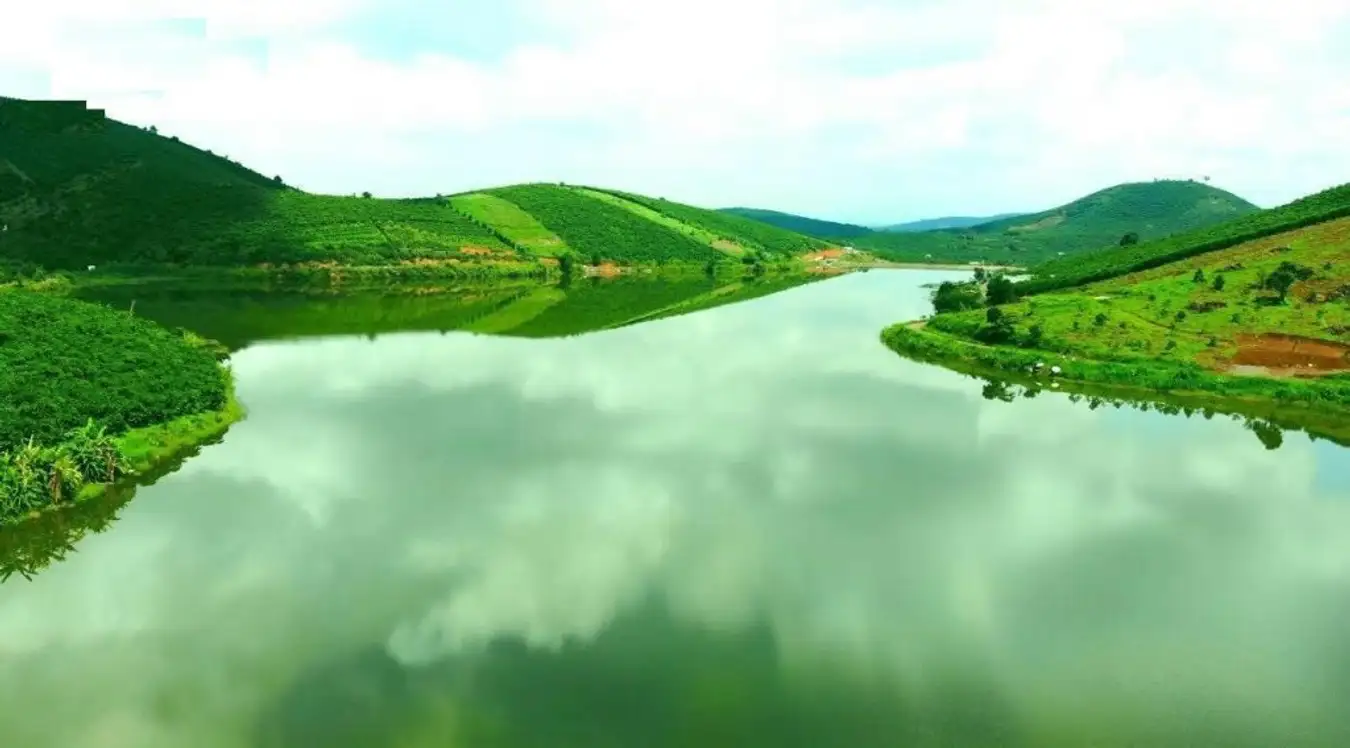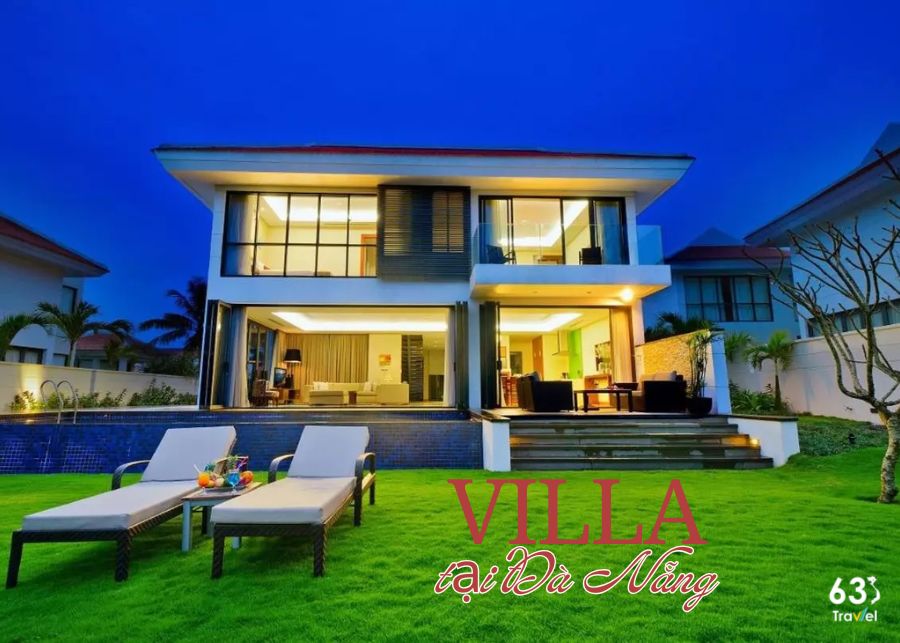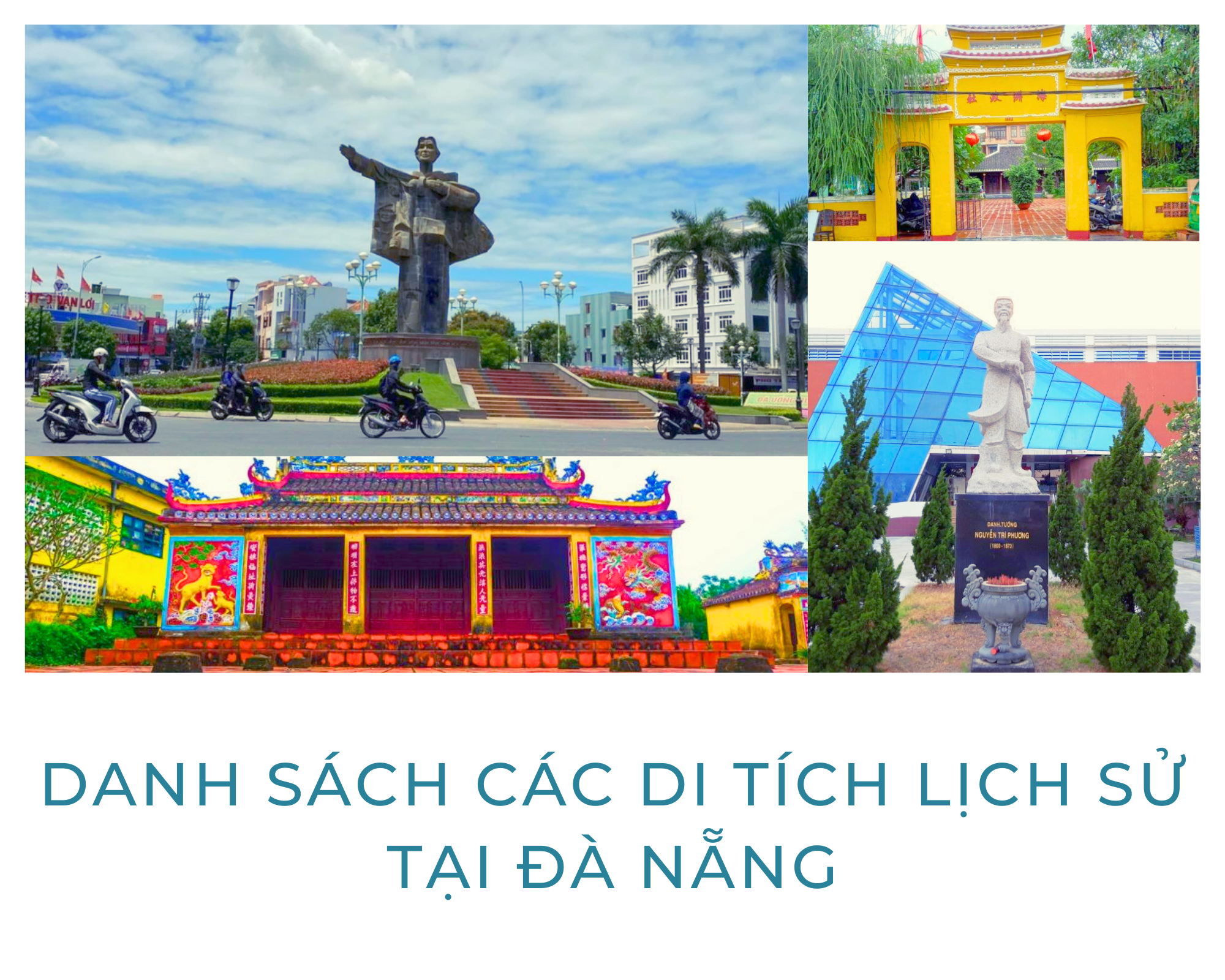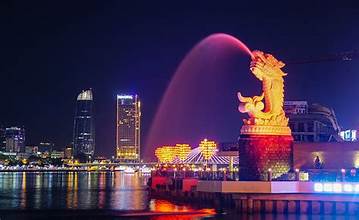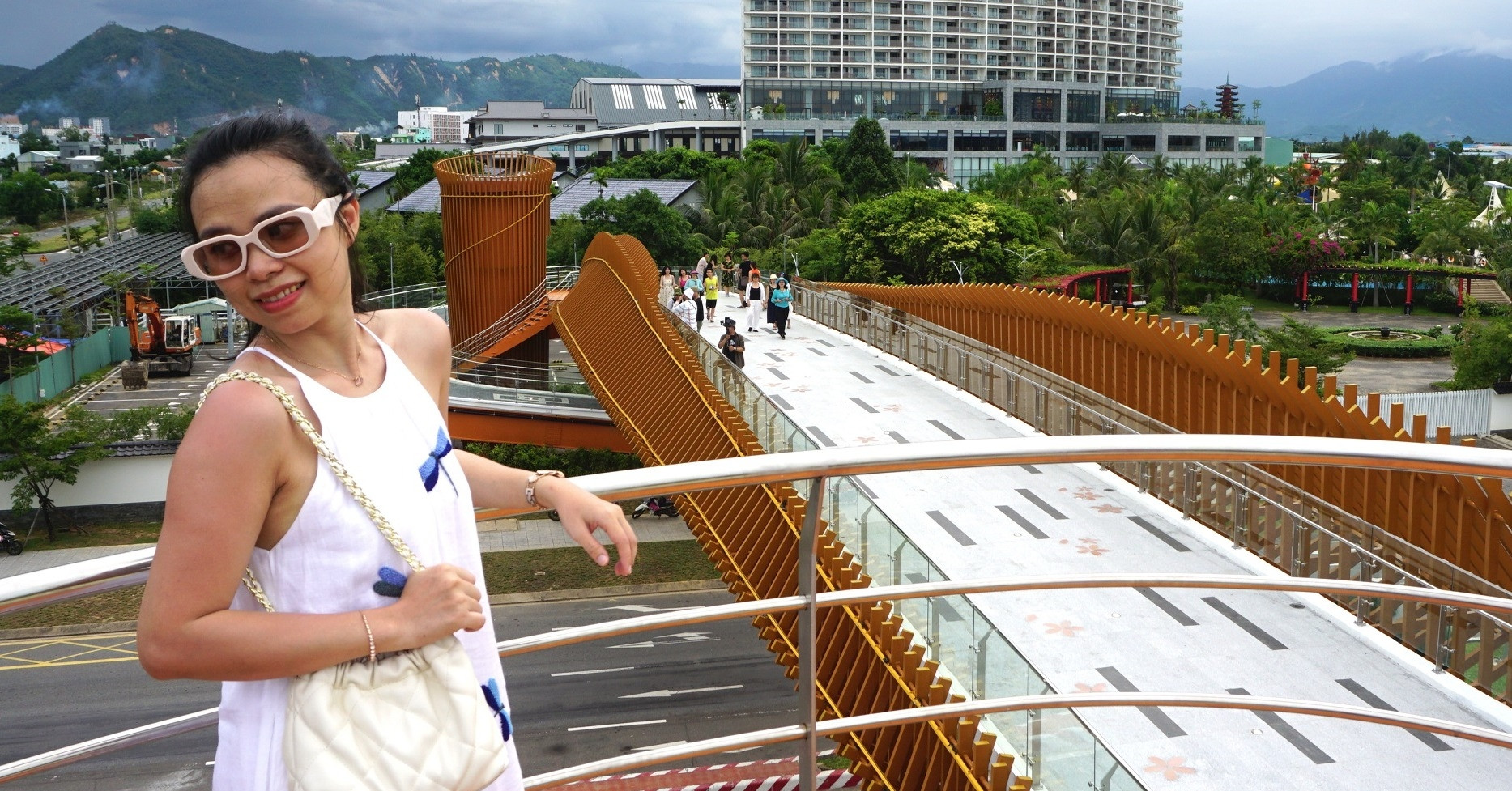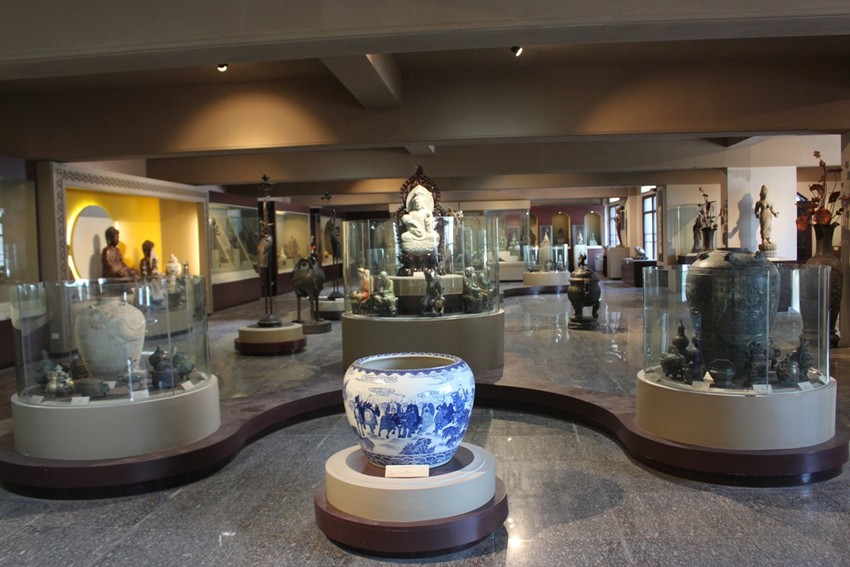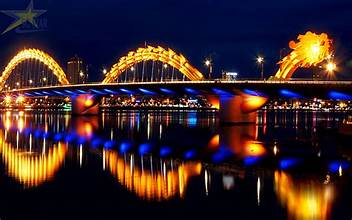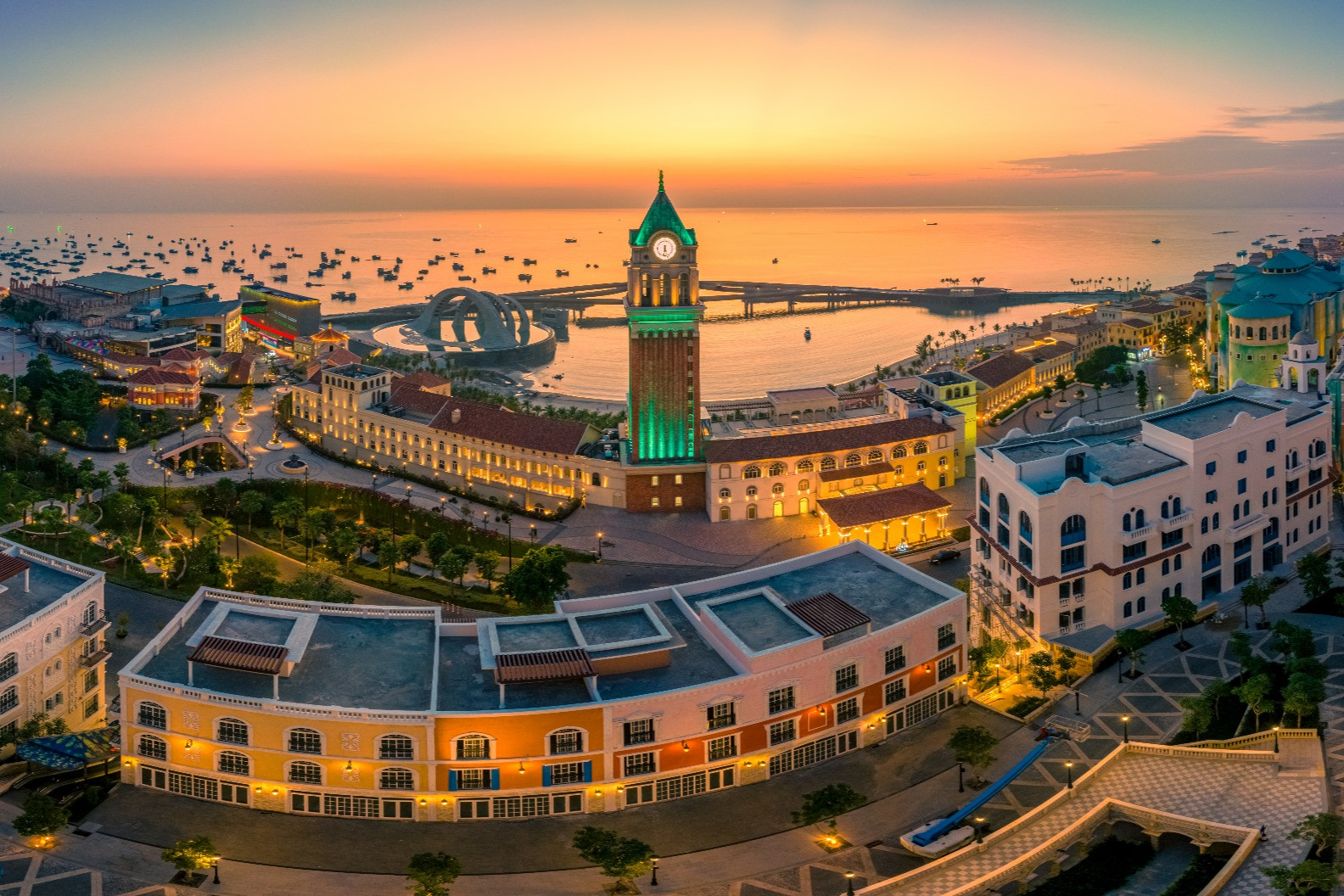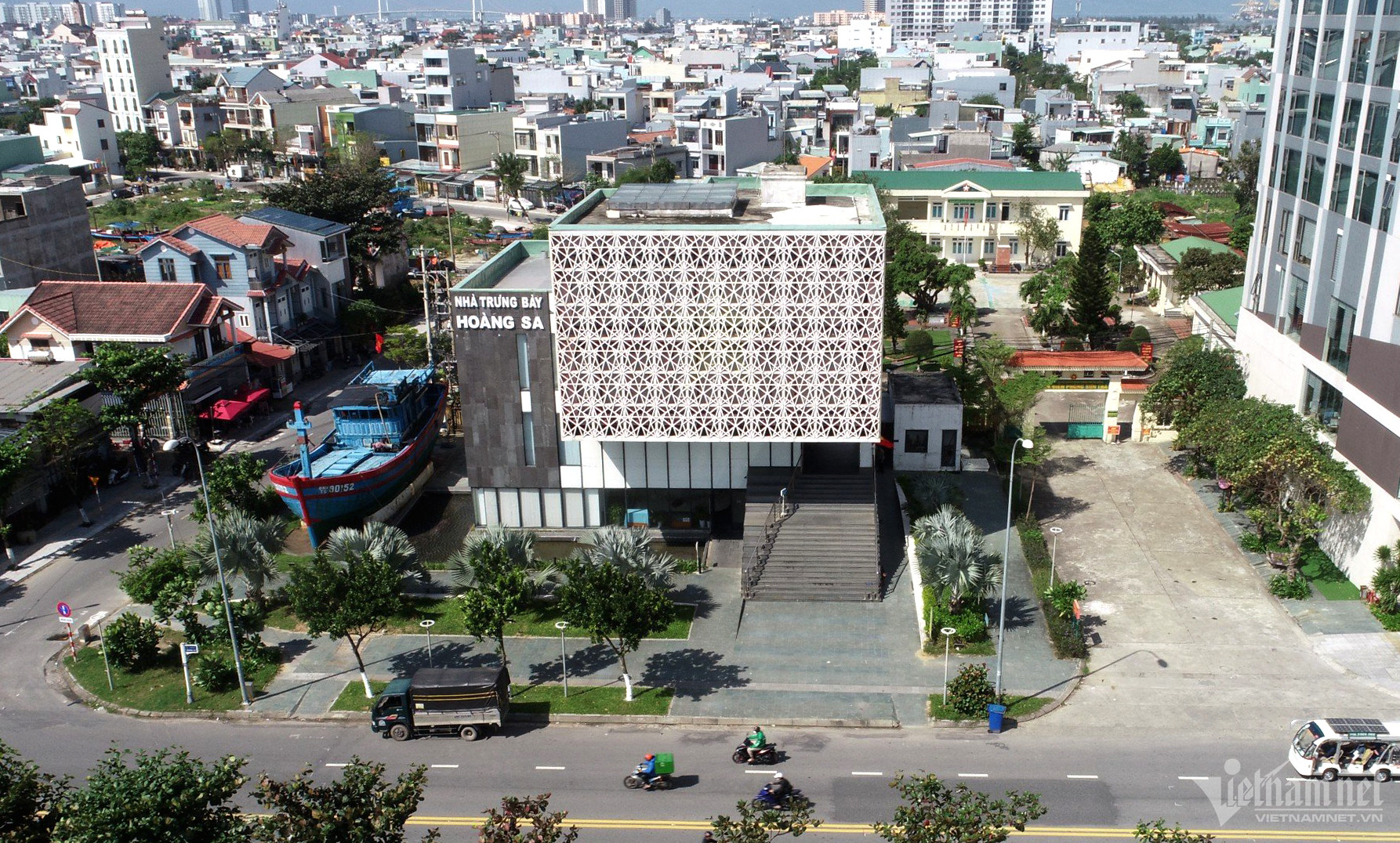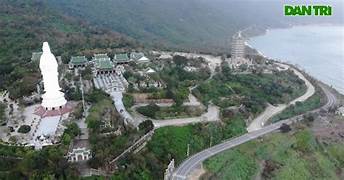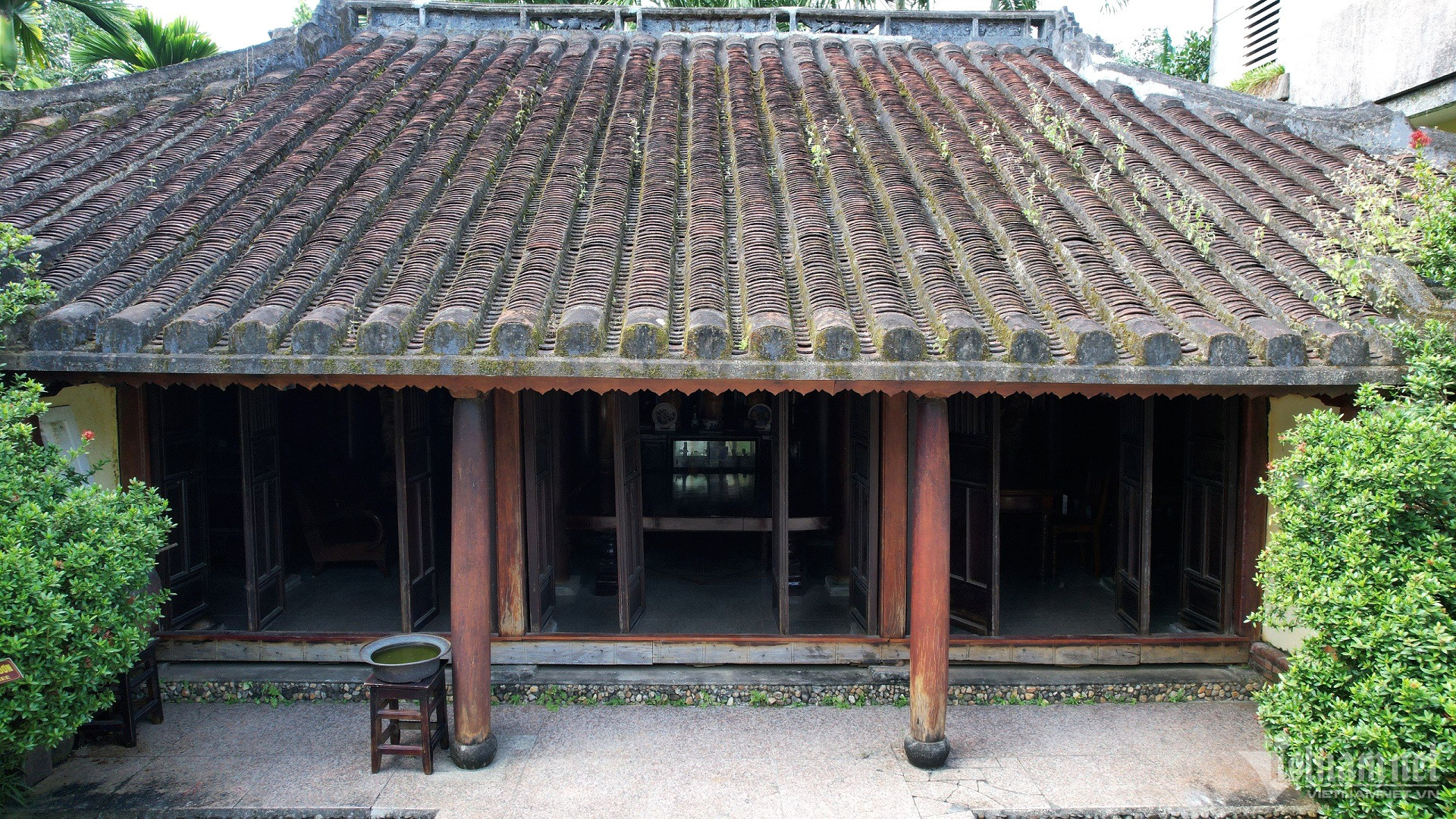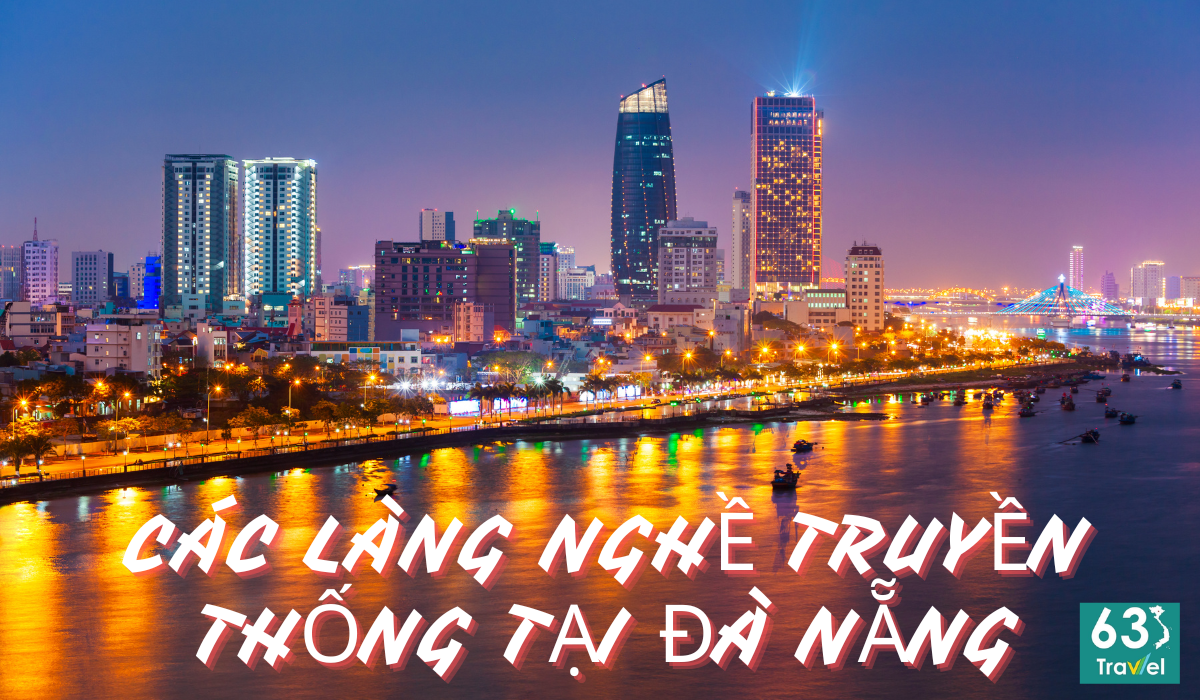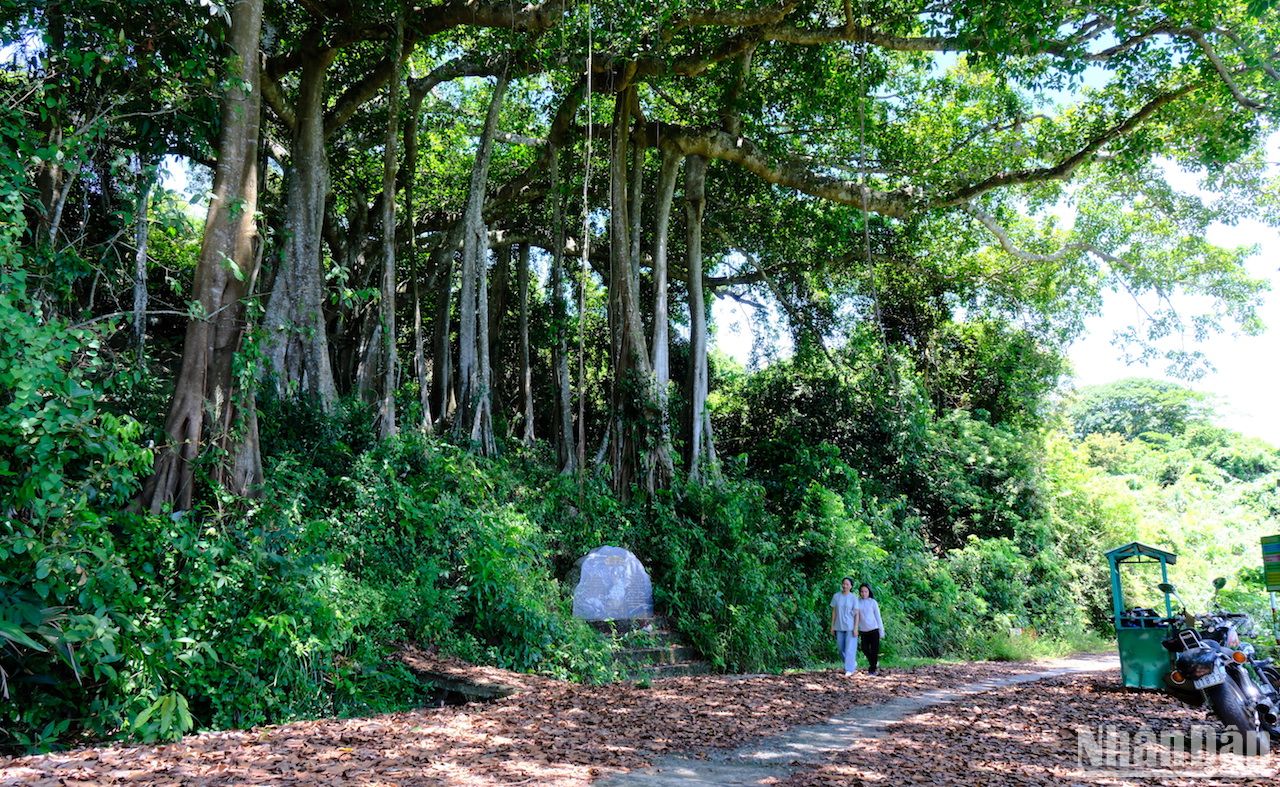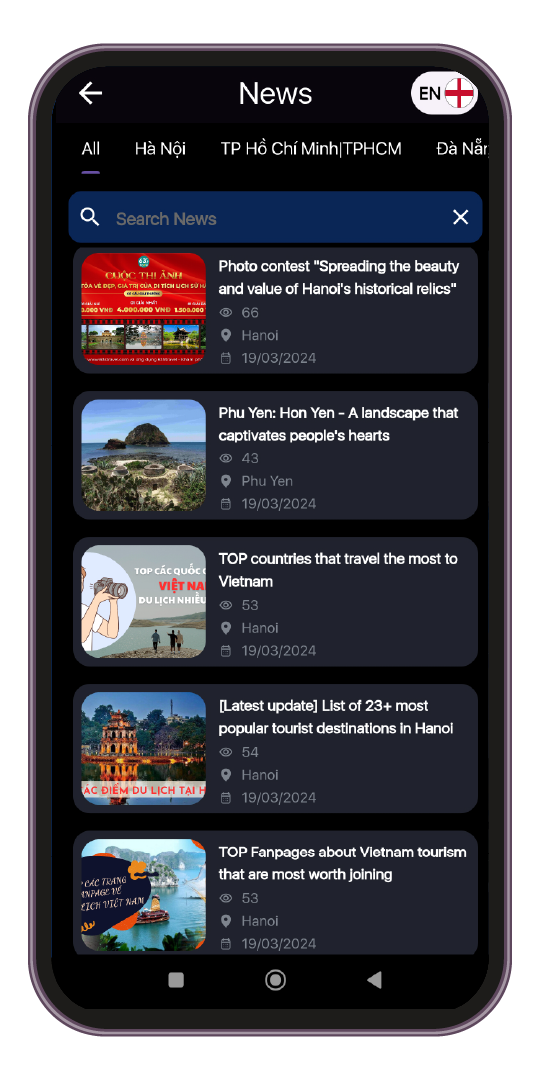Da Nang is known as the city of bridges, not only because of the number of bridges spanning the Han River but also because of the uniqueness of these works.
Da Nang is known as the city of bridges, not only because of the number of bridges spanning the Han River but also because of the uniqueness of these works.

Han River starts from the river junction between Cam Le, Hai Chau, Ngu Hanh Son districts, is the confluence of Cam Le river and Vinh Dien river and flows into Da Nang bay near the entrance channel to Tho Quang wharf. Han River is only about 7.7km long but has 6 bridges across it.
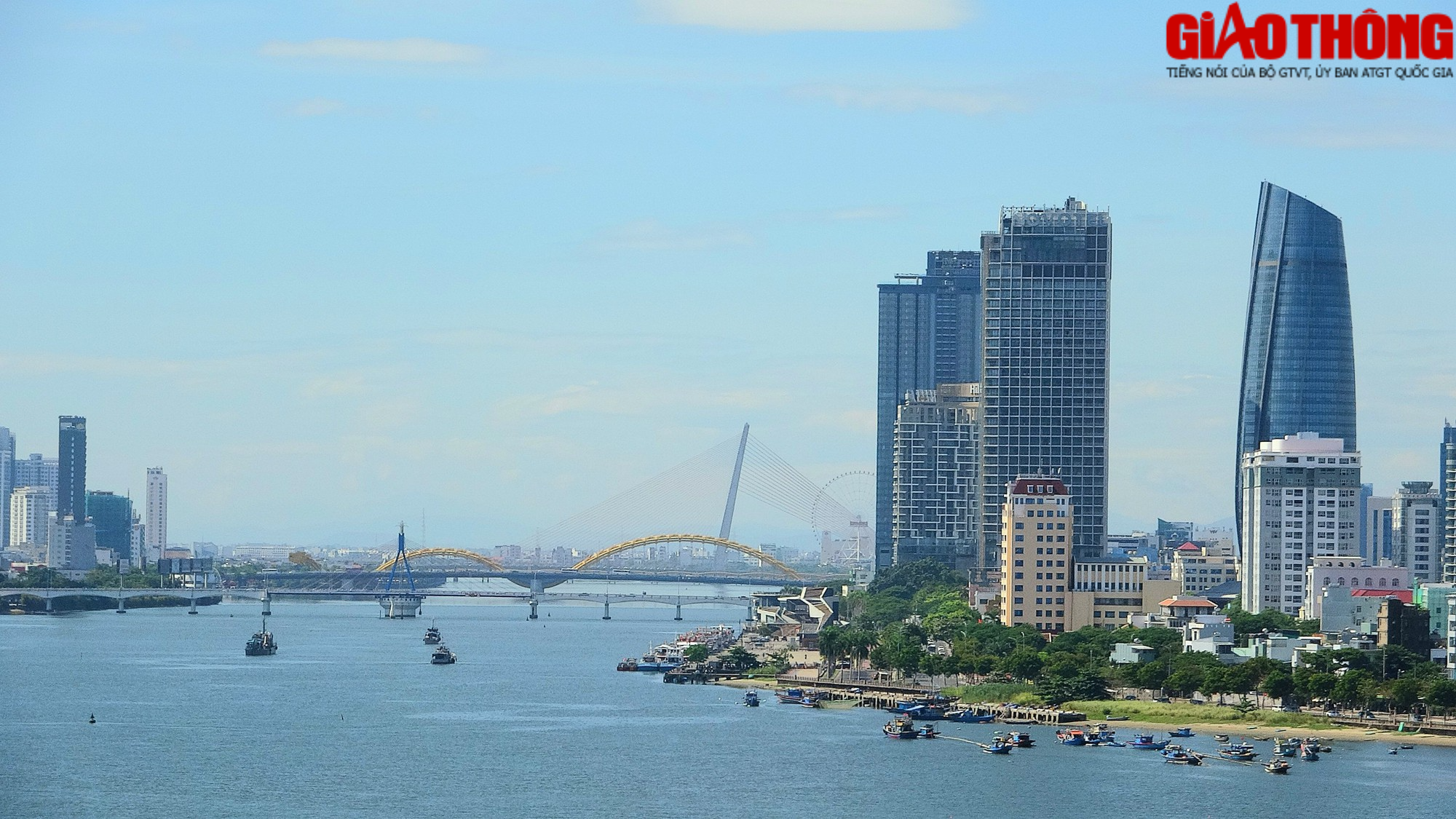
These bridges are not only important for transportation but also an architectural highlight of the city with unique features that are rarely found anywhere else in our country.

Thuan Phuoc Bridge started construction on January 16, 2003 with an investment of nearly 1,000 billion VND from the State budget. Thuan Phuoc Bridge is the longest hammock suspension bridge in Vietnam, connecting the two coastal routes Nguyen Tat Thanh and Hoang Sa - Truong Sa of Da Nang. The bridge is located in a special location, where the Han River flows into the sea.
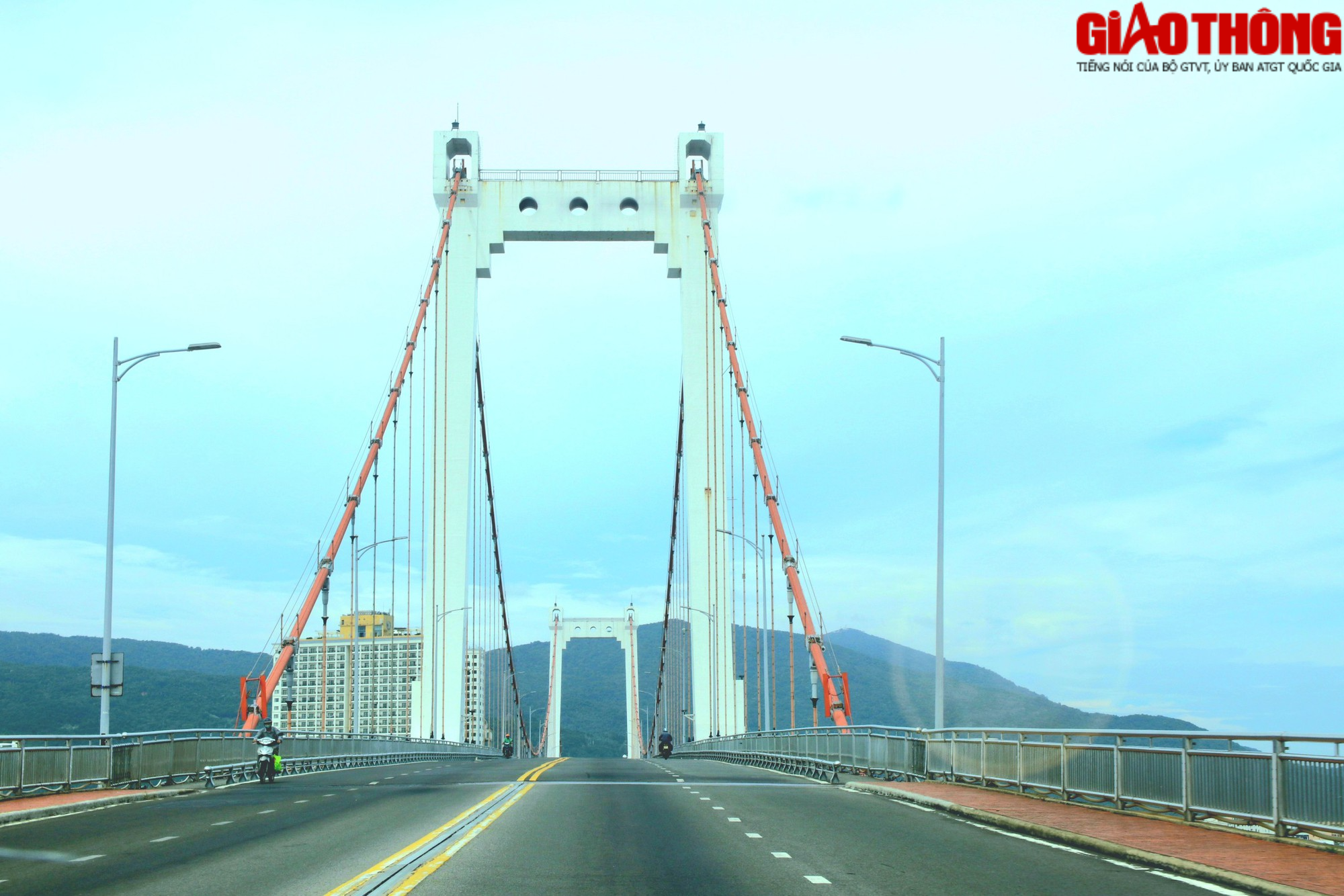
Thuan Phuoc bridge is 1,856m long, 18m wide with 2 towers about 80m high from the pile base, 3 hammock spans of 655m long. This is the longest and most unique hammock bridge in Vietnam.

Built in a special location with complex estuary geology, the construction of foundations, abutments, and bridge piers, especially the foundations of the two towers of Thuan Phuoc bridge, encountered many difficulties. The bridge has a large architectural height and is located at an estuary, so the influence of wind also affects the construction progress. The bridge was inaugurated in 2009 after 6 years of construction.

Han River Bridge is one of the first bridges across the Han River, connecting the two main roads of Da Nang, Le Duan Street on the west bank and Pham Van Dong Street on the east bank of the city. The bridge is 487.7m long, 12.9m wide with 11 spans, each span is 33m long, prestressed reinforced concrete structure and 2 cable-stayed spans with a total length of 122.7m, main bridge girder and tower structure steel, bridge deck made of reinforced concrete.

The special thing about the Han River Bridge is that it is the first swing bridge designed and constructed by Vietnamese engineers and workers. The bridge has the ability to rotate the span 90 degrees compared to the original, creating 2 waterways for ships to pass through. Shooting time is usually at midnight. Han River Bridge started construction on September 2, 1998, completed on March 29, 2000. The bridge put into operation has ended the "ferry boat" situation of people on both banks of the Han River, gradually improving the transport infrastructure and developing the economy and society of the east bank.

Dragon Bridge is the 6th bridge across the Han River. Dragon Bridge is 666m long and 37.5m wide with 6 lanes. Construction on the bridge started on July 19, 2009 and opened to traffic on March 29, 2013 with a total construction cost of nearly 1,500 billion VND.

Dragon Bridge is designed with two separate traffic directions, with 6 lanes on each side, connecting from Vo Van Kiet Street (Son Tra District) across the Han River to the Bach Dang Nguyen Van Linh intersection (Hai Chau District), shortening from Da Nang international airport towards Son Tra district.

On the median strip in the middle of the bridge is designed in the shape of a golden steel dragon, facing the East Sea. The dragon is designed to spray water and fire to serve tourists on weekends, holidays, and Tet.

Not far away are two parallel bridges connecting Hai Chau and Ngu Hanh Son districts, including Tran Thi Ly bridge and Nguyen Van Troi bridge.
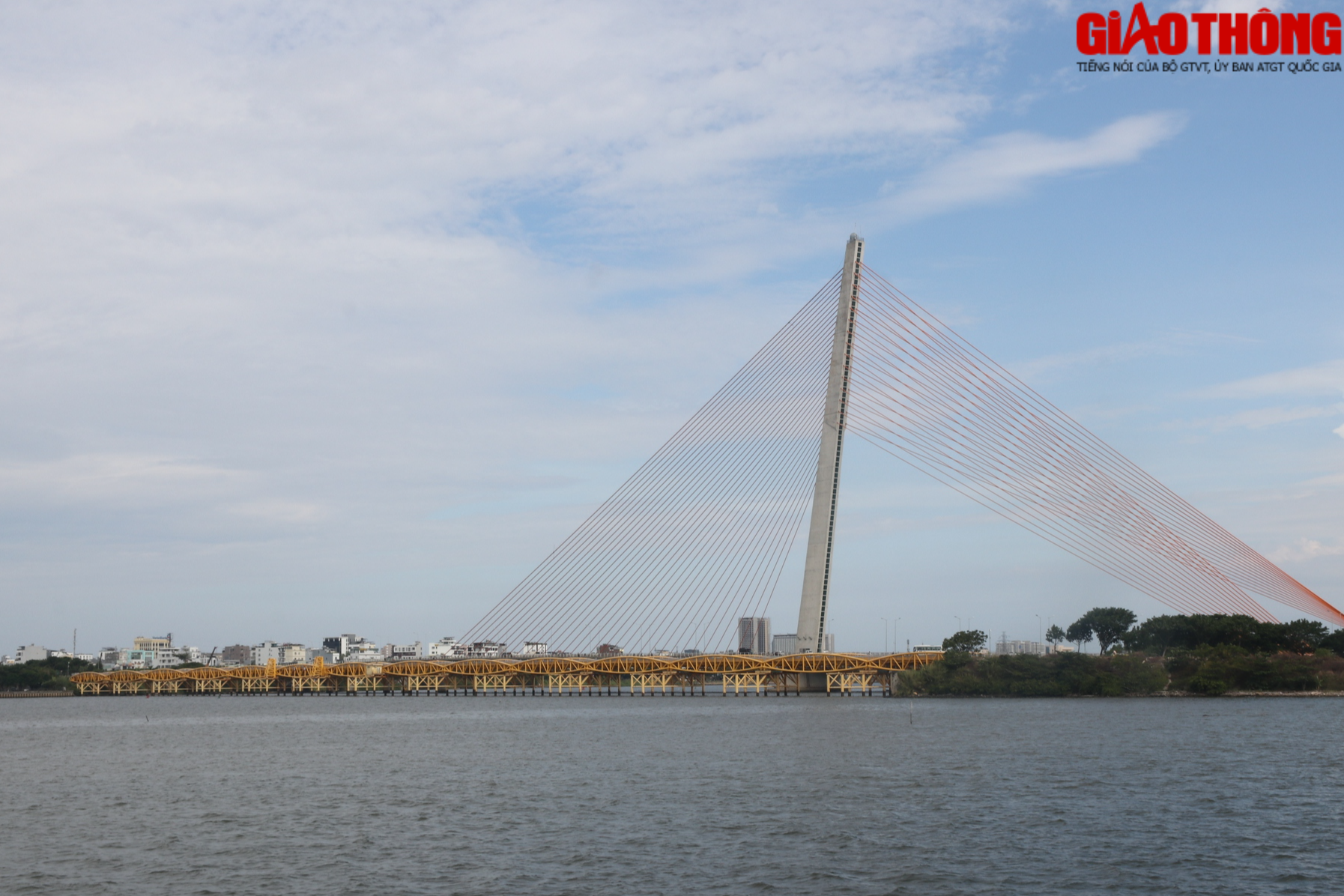
Tran Thi Ly Bridge was originally a railway bridge. During the French colonial period, the bridge was called De Lattre de Tassigny, then renamed Trinh Minh The Bridge, located about 20m upstream of Nguyen Van Troi Bridge. After 1975, the bridge was named Tran Thi Ly bridge and upgraded to a road bridge, along with Nguyen Van Troi bridge to serve as a trade connection, connecting the two banks of the Han River.

The bridge deck is 35.5m wide with 6 lanes, each lane is 3.75m wide and 2 pedestrian lanes, each lane is 3m wide with guardrails. A special feature in the structural diagram of the Tran Thi Ly bridge project is the single pylon, inclined at 12 degrees but not designed as a rigid underground structure like conventional cable-stayed bridges, but is rigidly linked to the bridge deck beam and rests on the bridge. S5 pillars adopt spherical ball bearings with a load capacity of up to 25,000 tons - the largest load in the world today.

Nguyen Van Troi Bridge is the first bridge across the Han River, put into use in 1965. By 2015, the control system, raising the span of Nguyen Van Troi bridge was renovated, constructed, installed and transferred. Technology of control and monitoring system for bridge lifting span to serve navigation. Currently, Nguyen Van Troi Bridge no longer functions to operate traffic, instead it is a unique tourist bridge of Da Nang.

Nguyen Van Troi Bridge will raise and lower once a day in the middle span every Saturday, Sunday and holidays between 4:00 p.m. and 6:00 p.m. to serve the enjoyment needs of residents and tourists. . According to technical specifications, there are 4 lifting jacks with a lifting capacity of 1 jack of 100 tons, lifting speed: 0.233m/min. Lifting journey with a height of 3.6m. The length of the raised navigation span is 36.45m

At night, the bridges over the Han River shimmer with lights, adorning the coastal city of Da Nang.
Da Nang
1690 view
Update day
: 04/09/2023
Vĩnh Nhân


 vn
vn en
en ja
ja ko
ko zh
zh



















